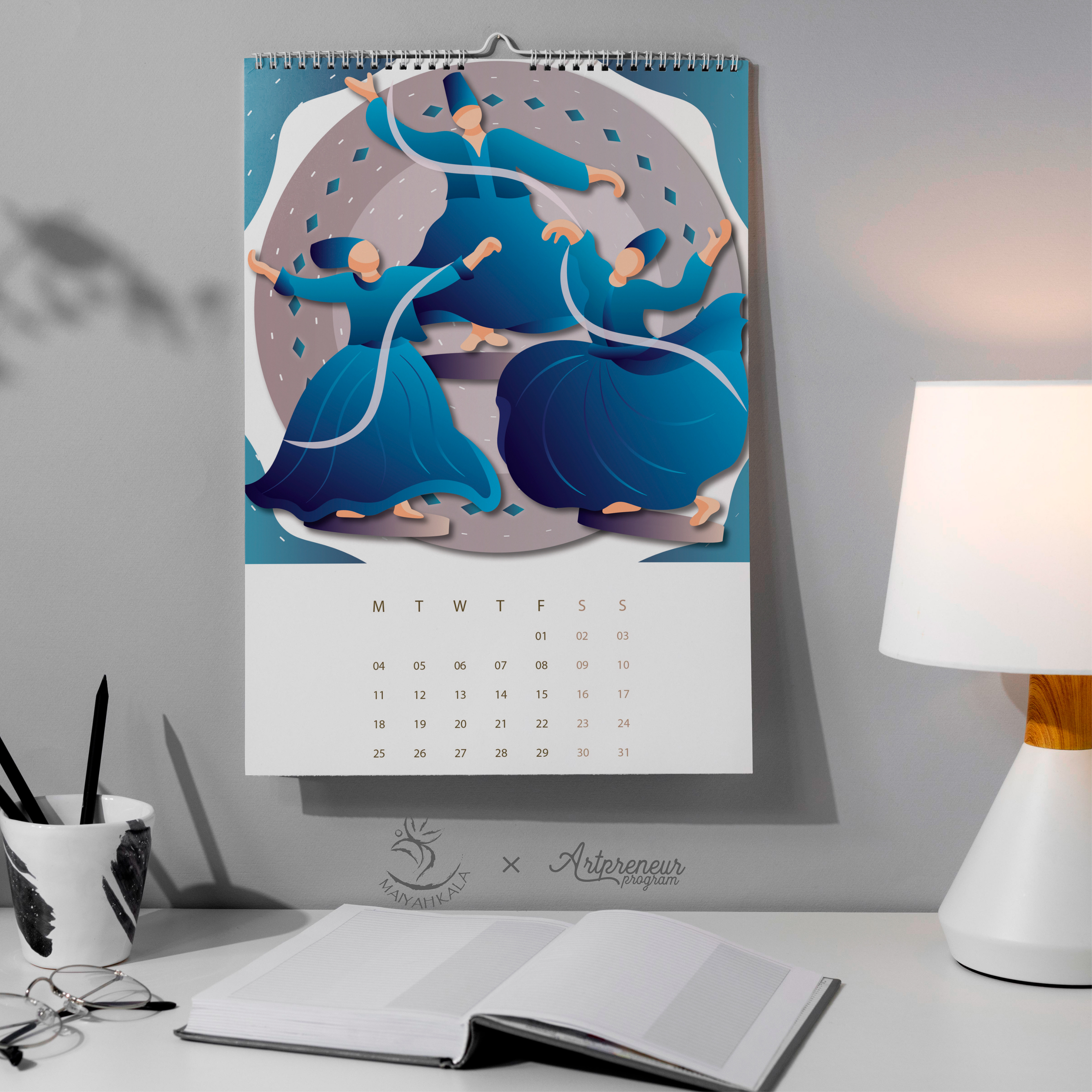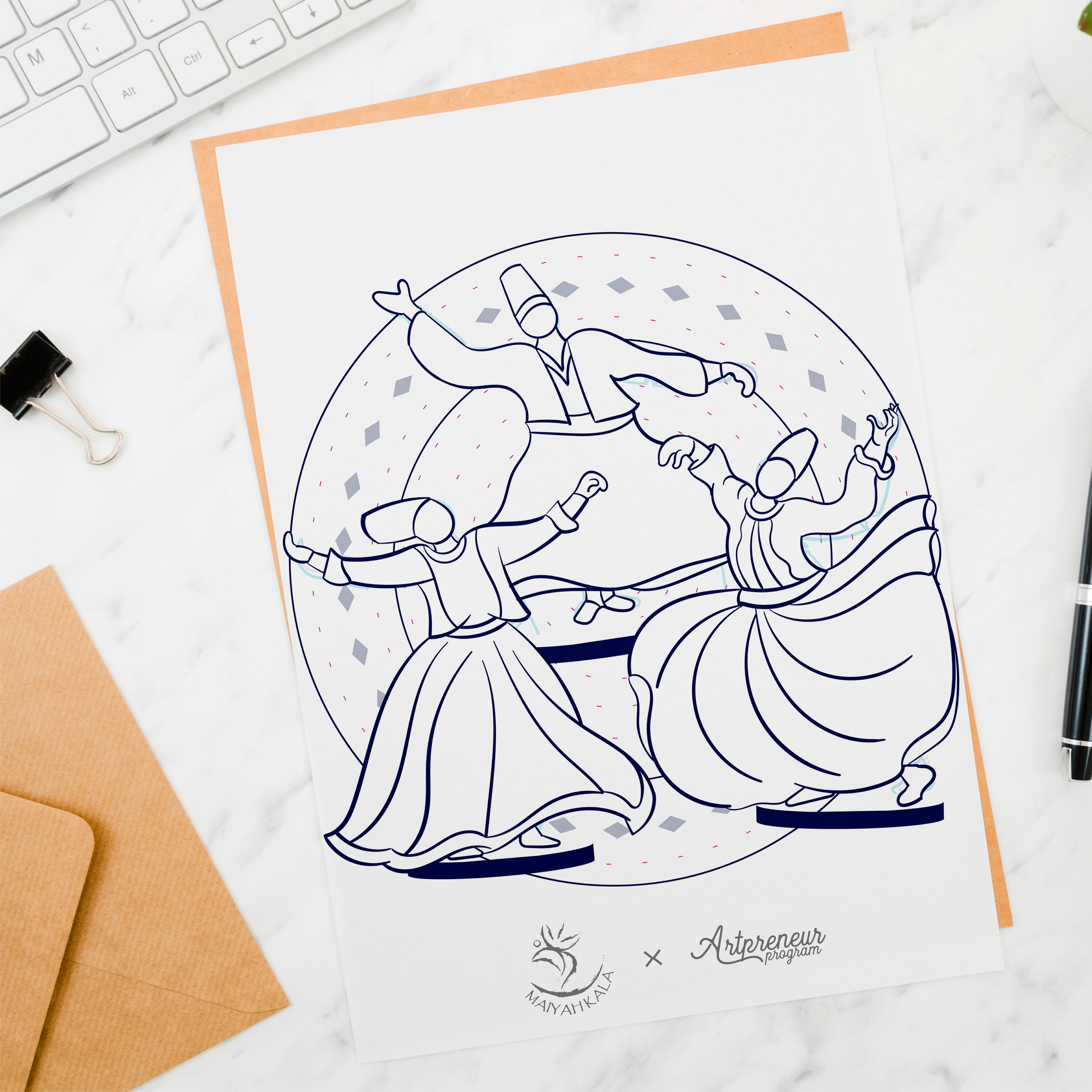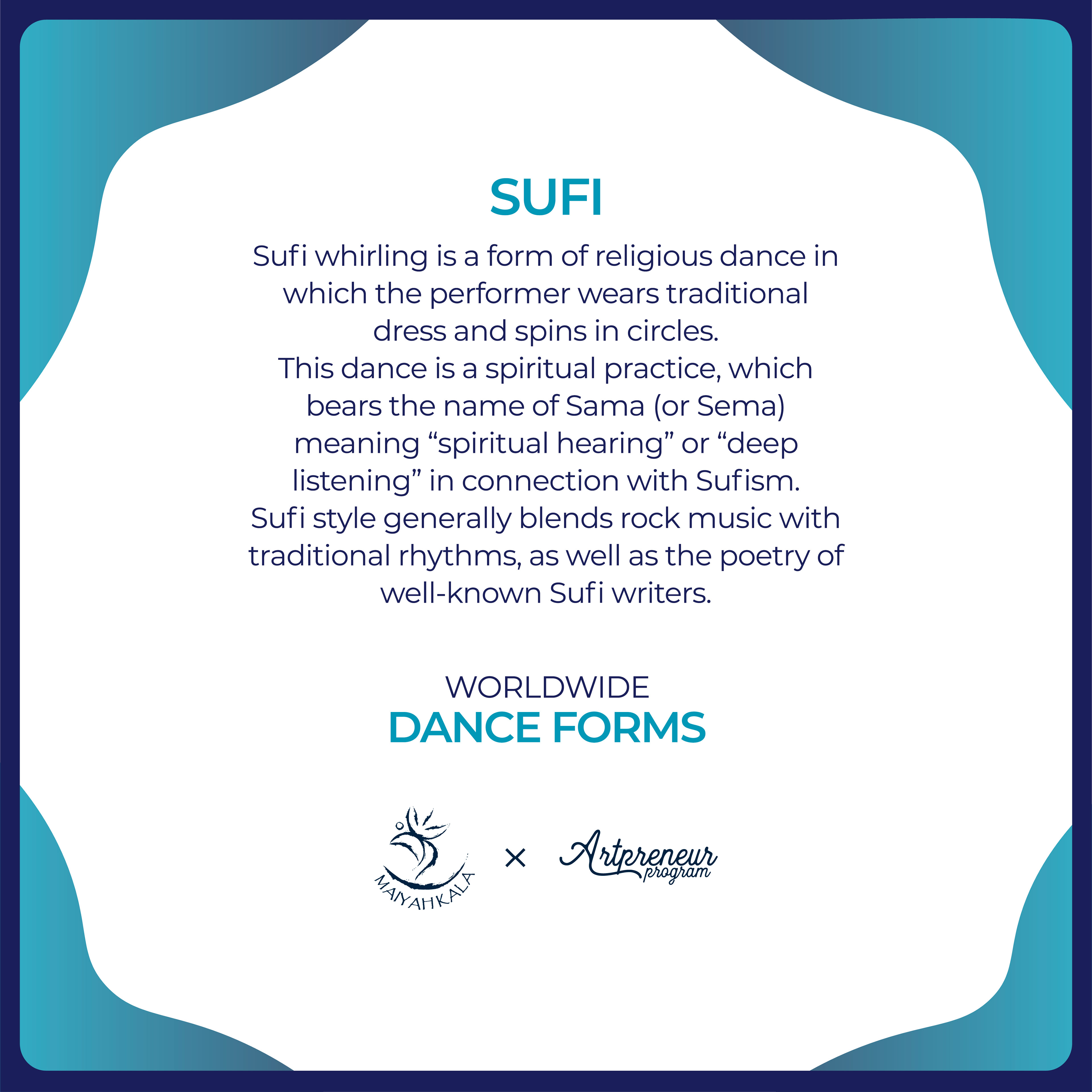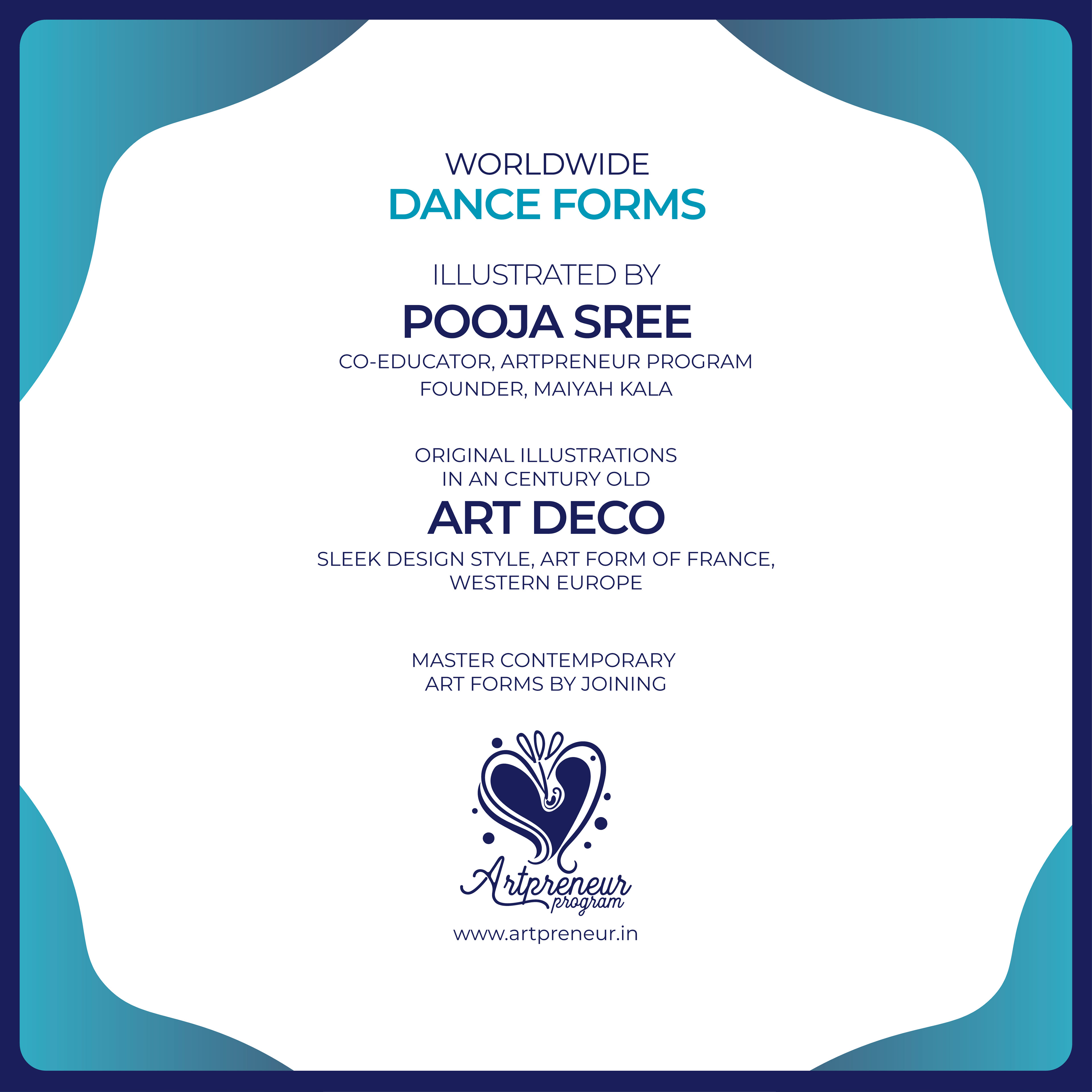“Worldwide Dance Forms”
An Art Deco illustration series in partnership with Artpreneur program
Have you ever wondered, why there are so many different styles of dance forms around the world? Moreover, how each style of dance has a certain heritage and symbolism to it?
Because, Dance being the most powerful forms of human expression & has always been a means of deep communication between one another and these set of illustrations in Art Deco style are intended to reflect the dynamism of dance and the aesthetics of the artform itself, as it is one of the most prevalent Art style in the world.
Do explore the free-flowing, rhythmic style with a bit of traditional touch illustrations series in an International Art style.
'Bharatanatyam' is a Indian classical dance form that originated in Tamil Nadu. It is one of the eight widely recognized Indian classical dance forms, and expresses South Indian religious themes and spiritual ideas, particularly of Shaivism and in general of Hinduism.
Bha- Bhavam (means expression), Ra- Ragam (means music), Ta- Talam (means beat or rhythm) and Natyam (means dance) is the full form of Bharatanatyam in Tamil.
Bha- Bhavam (means expression), Ra- Ragam (means music), Ta- Talam (means beat or rhythm) and Natyam (means dance) is the full form of Bharatanatyam in Tamil.
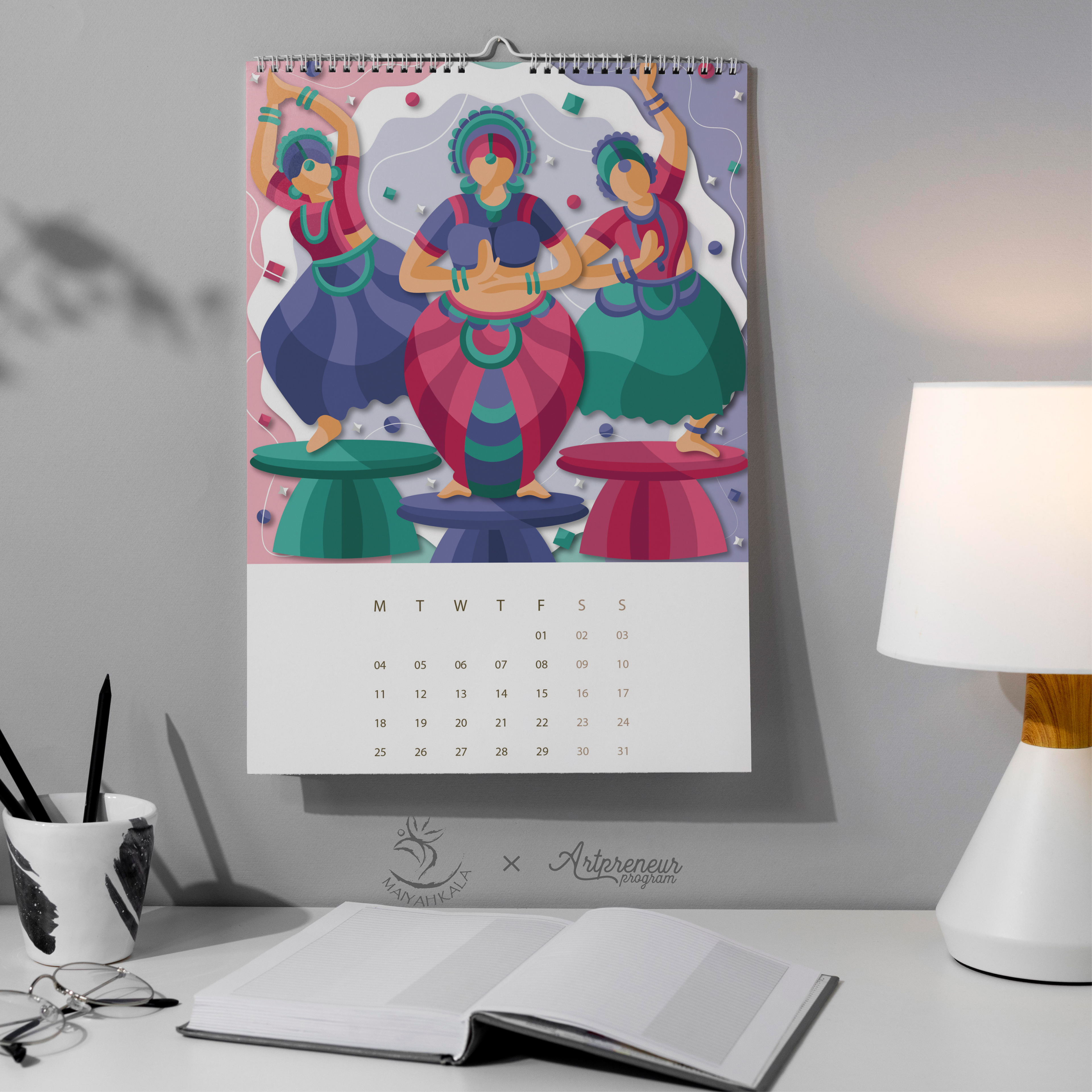

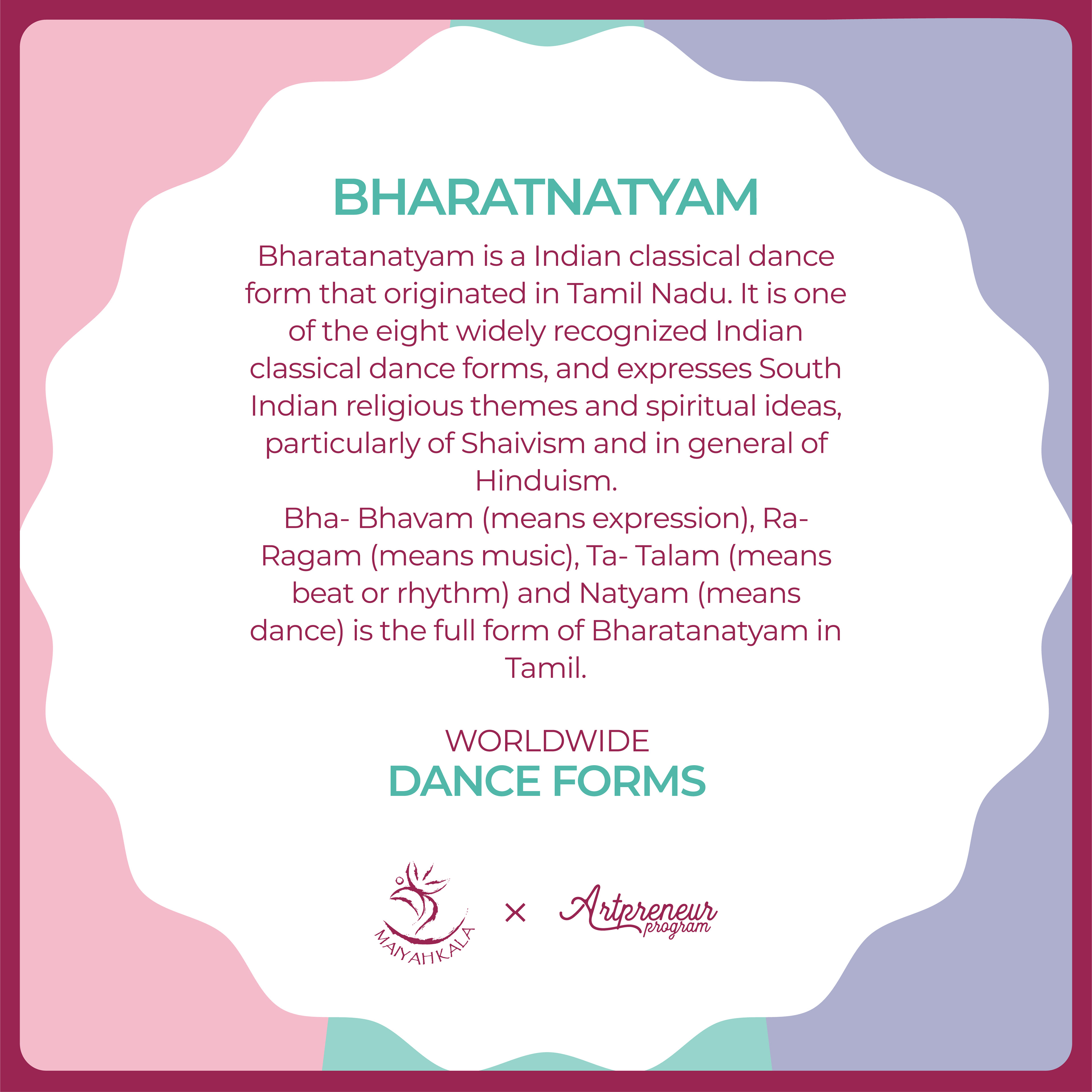
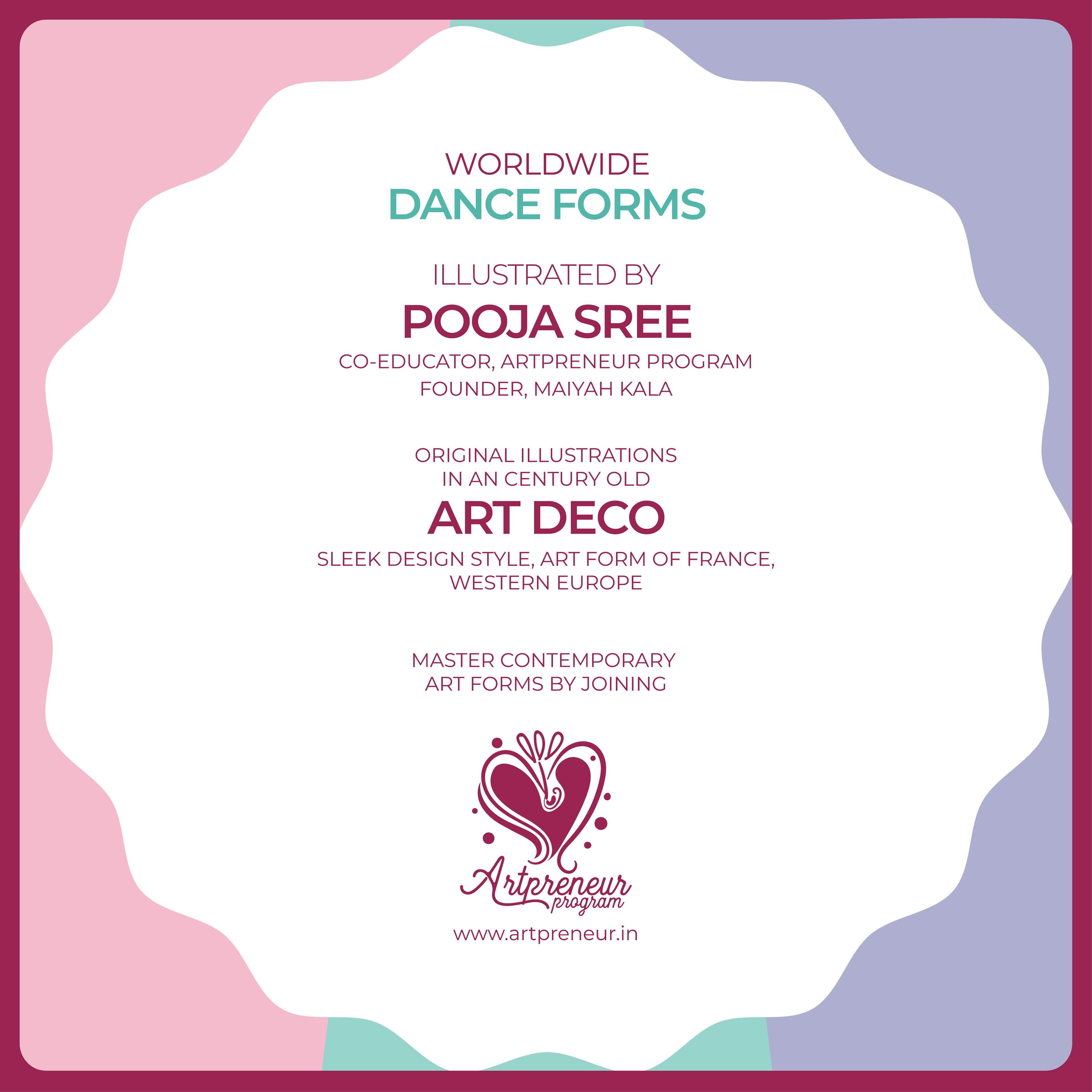
'Dandiya Raas' or 'Raas' is the socio-religious folk dance originating from Indian state of Gujarat and popularly performed in the festival of Navaratri in the honor of goddess Durga.
The kolaattam sticks/ dancing sticks are also called "Dandiya sticks". Dandiyas are the traditional dancing sticks mainly used in the traditional folk-dance form of 'Dandiya Raas' or 'Raas Garba'.
The kolaattam sticks/ dancing sticks are also called "Dandiya sticks". Dandiyas are the traditional dancing sticks mainly used in the traditional folk-dance form of 'Dandiya Raas' or 'Raas Garba'.
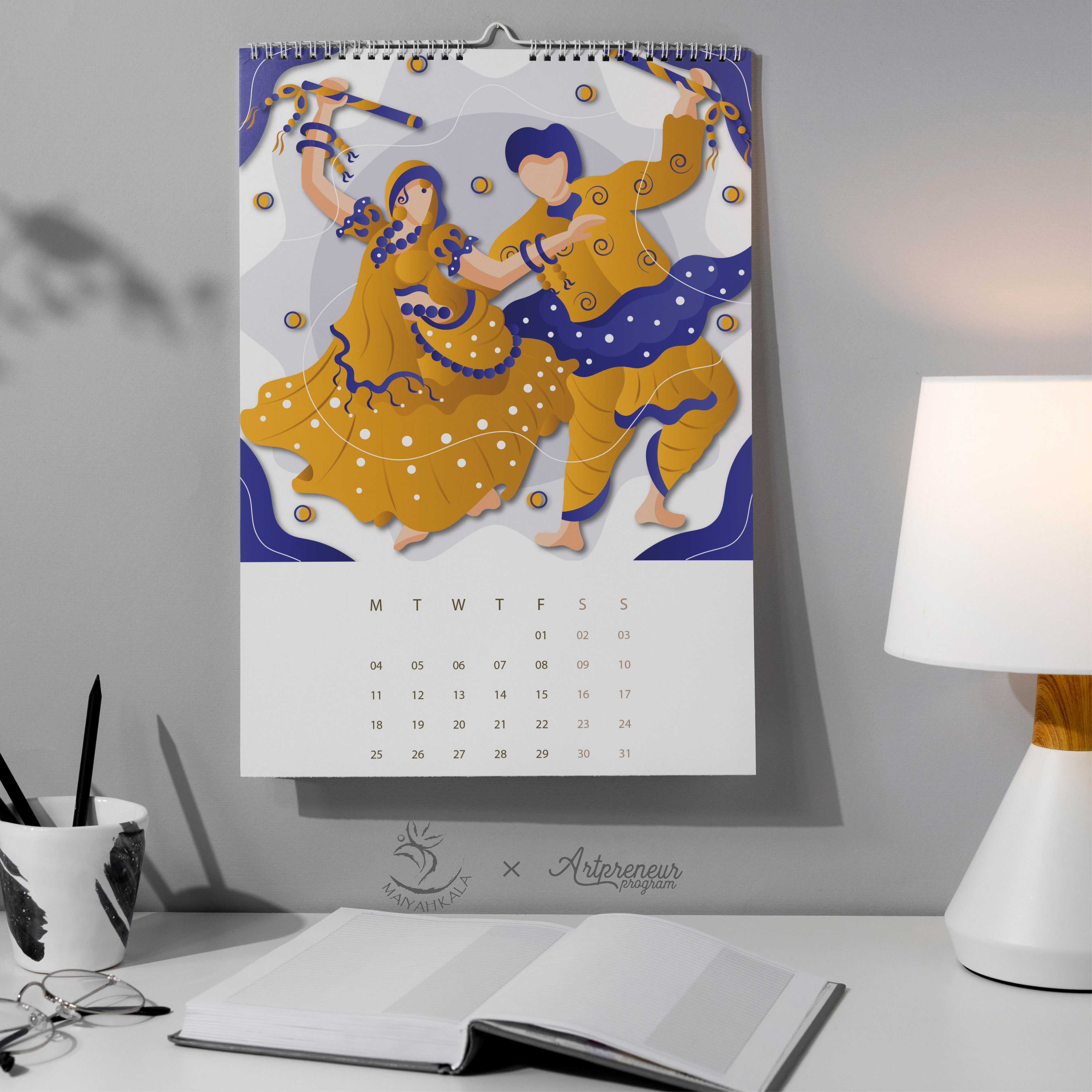
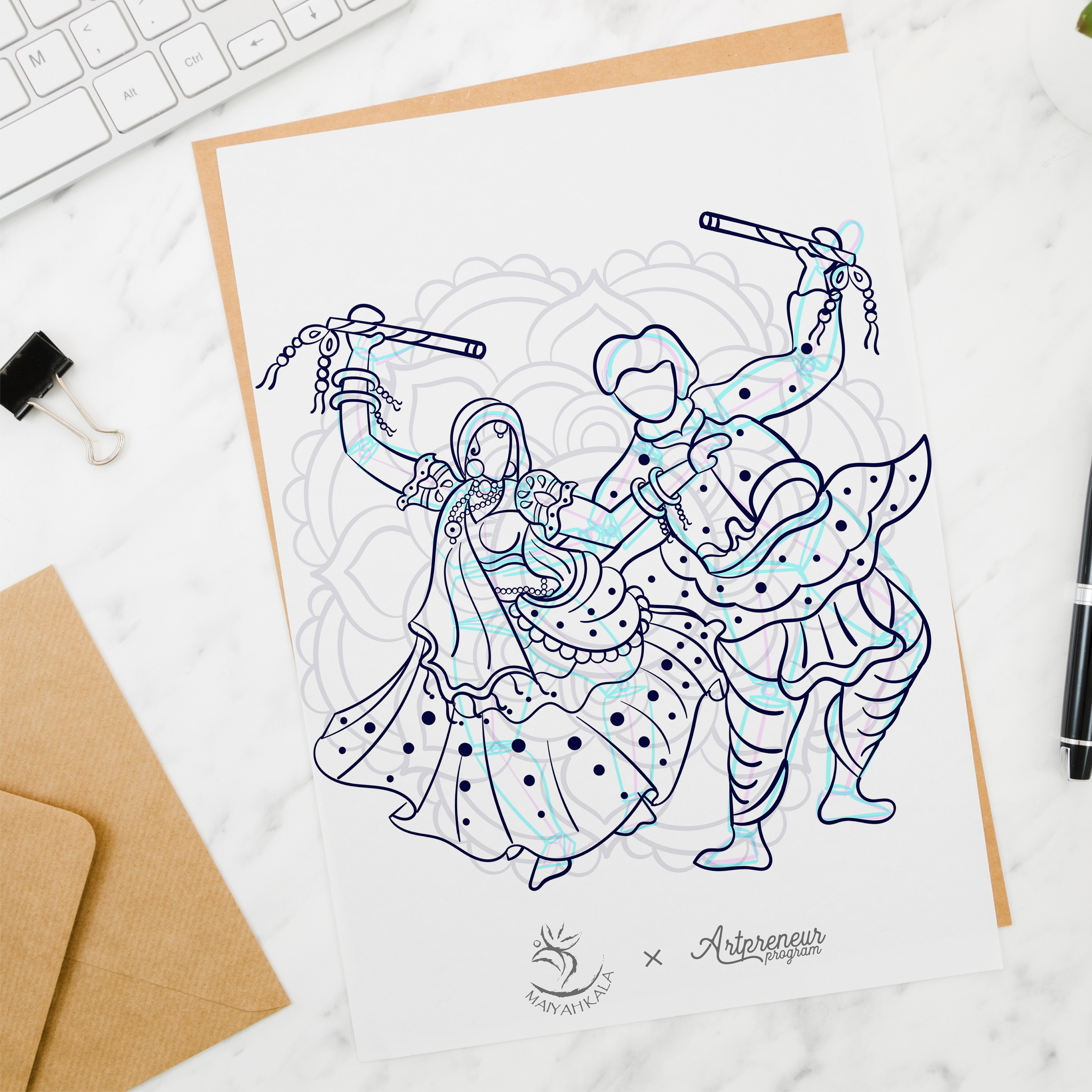
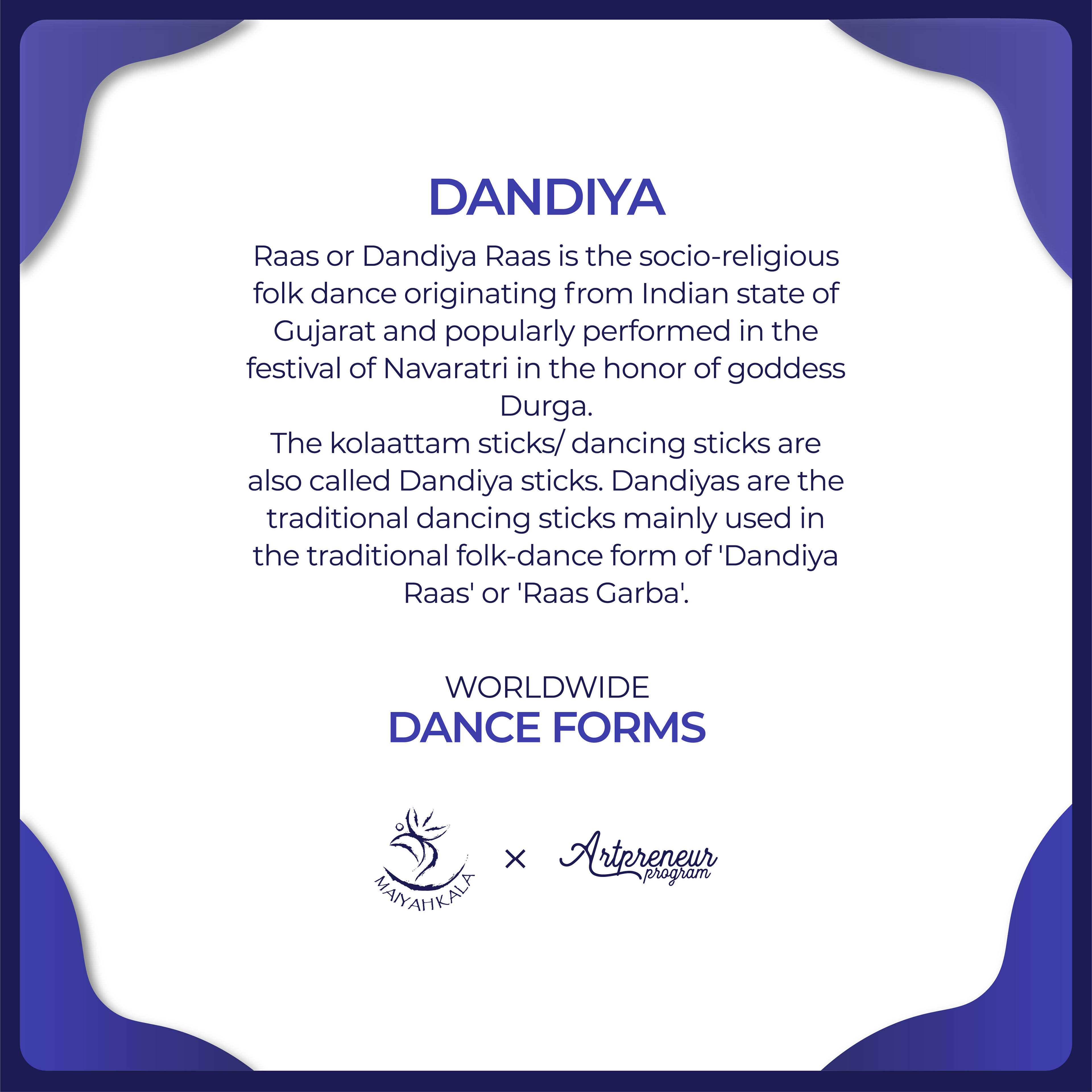
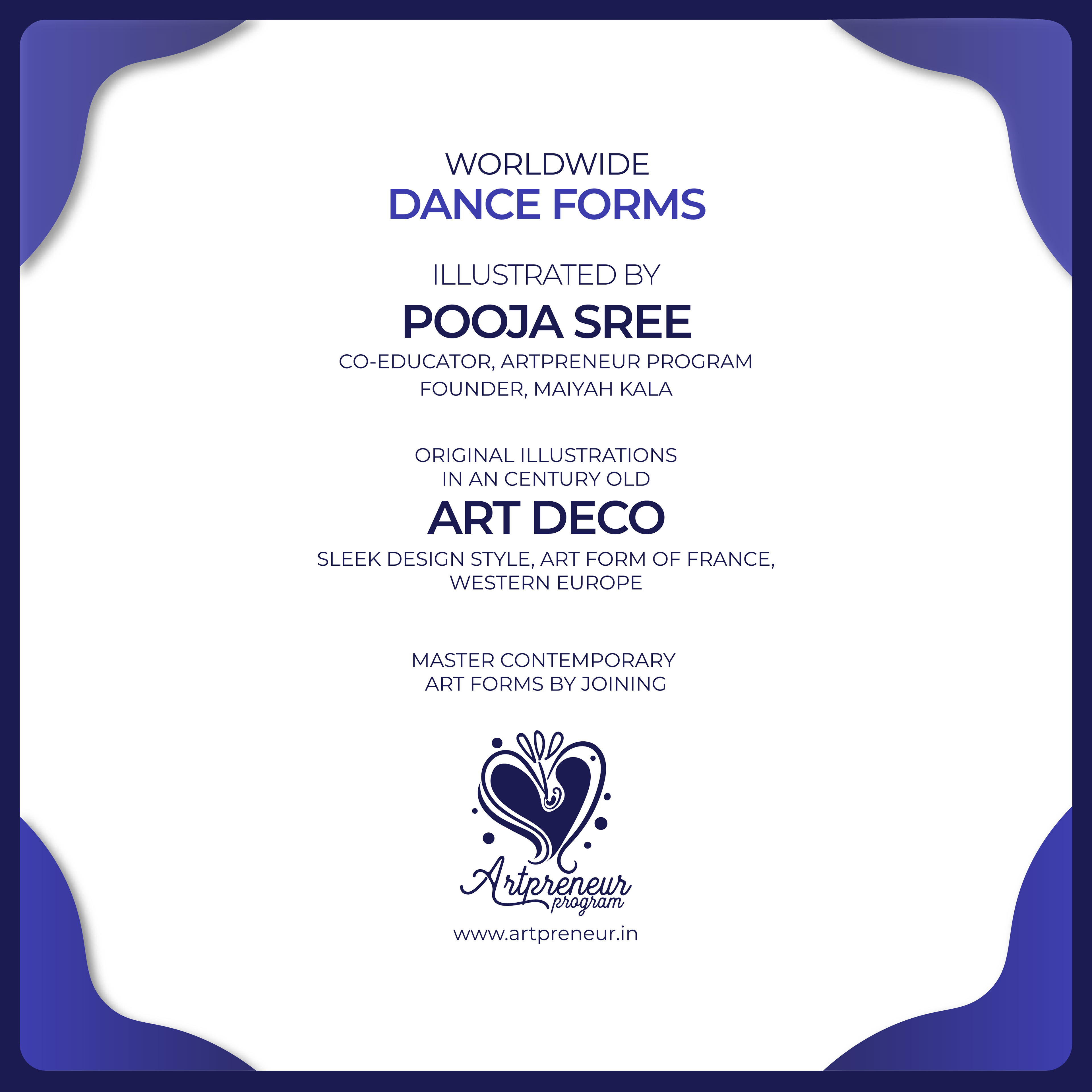
"Kathakali" is the 300 year old classical dance-drama form, from the state of Kerala in India.
In Kathakali, “Katha” that means Story or tale and “Kali” that means performing art or dance form.
Kathakali is a blend of dance, music and acting and dramatizes stories, which are mostly adapted from the Indian epics.
In Kathakali, “Katha” that means Story or tale and “Kali” that means performing art or dance form.
Kathakali is a blend of dance, music and acting and dramatizes stories, which are mostly adapted from the Indian epics.
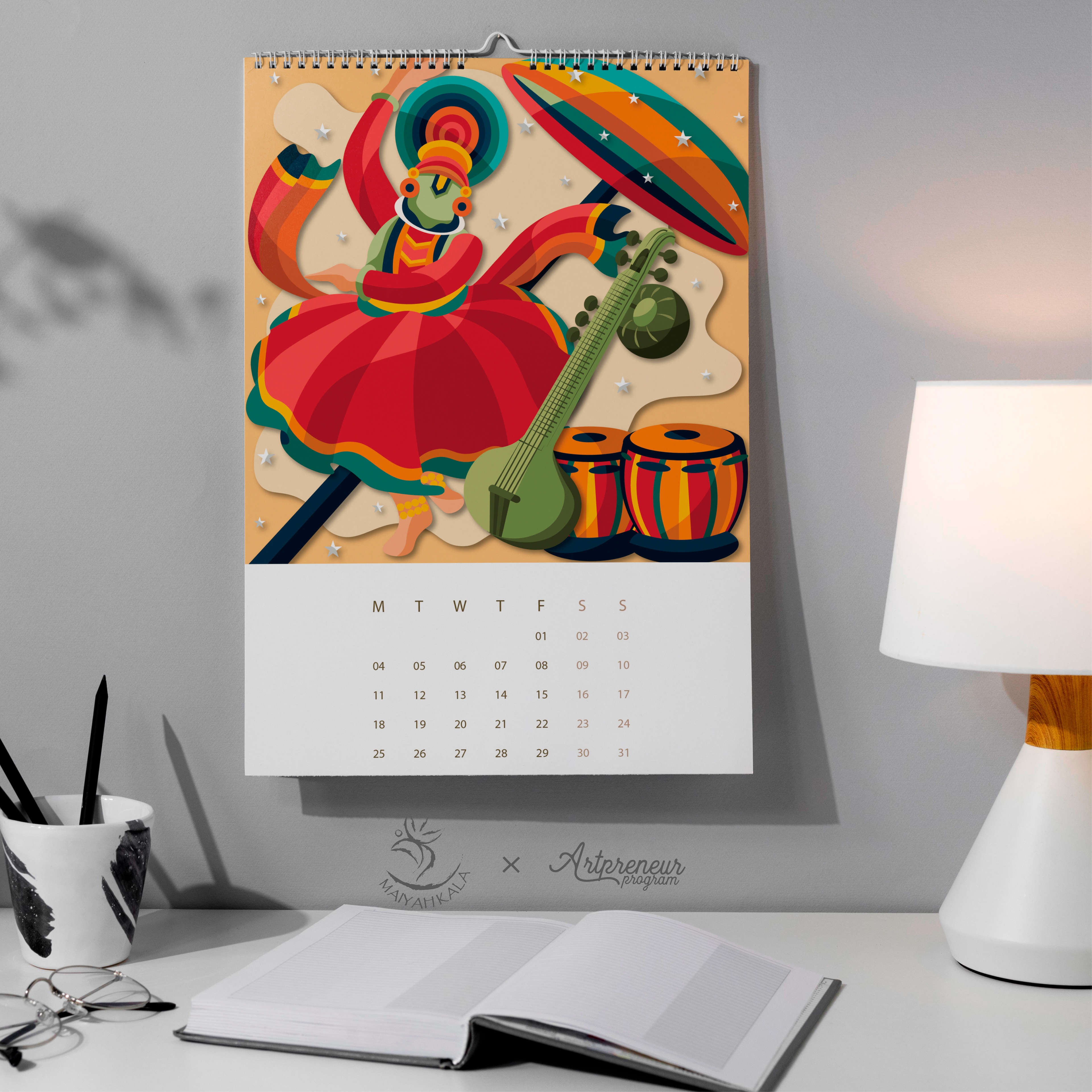
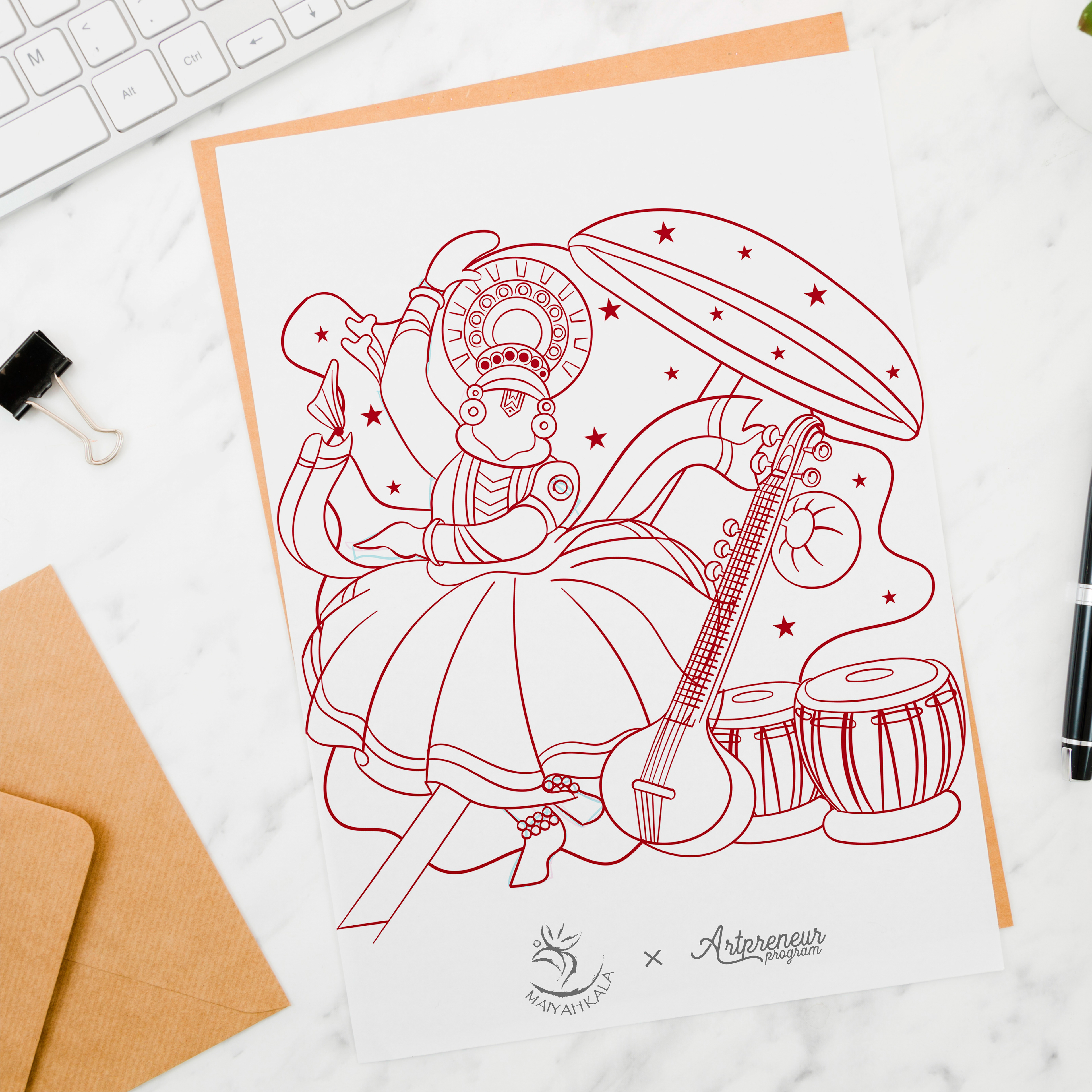
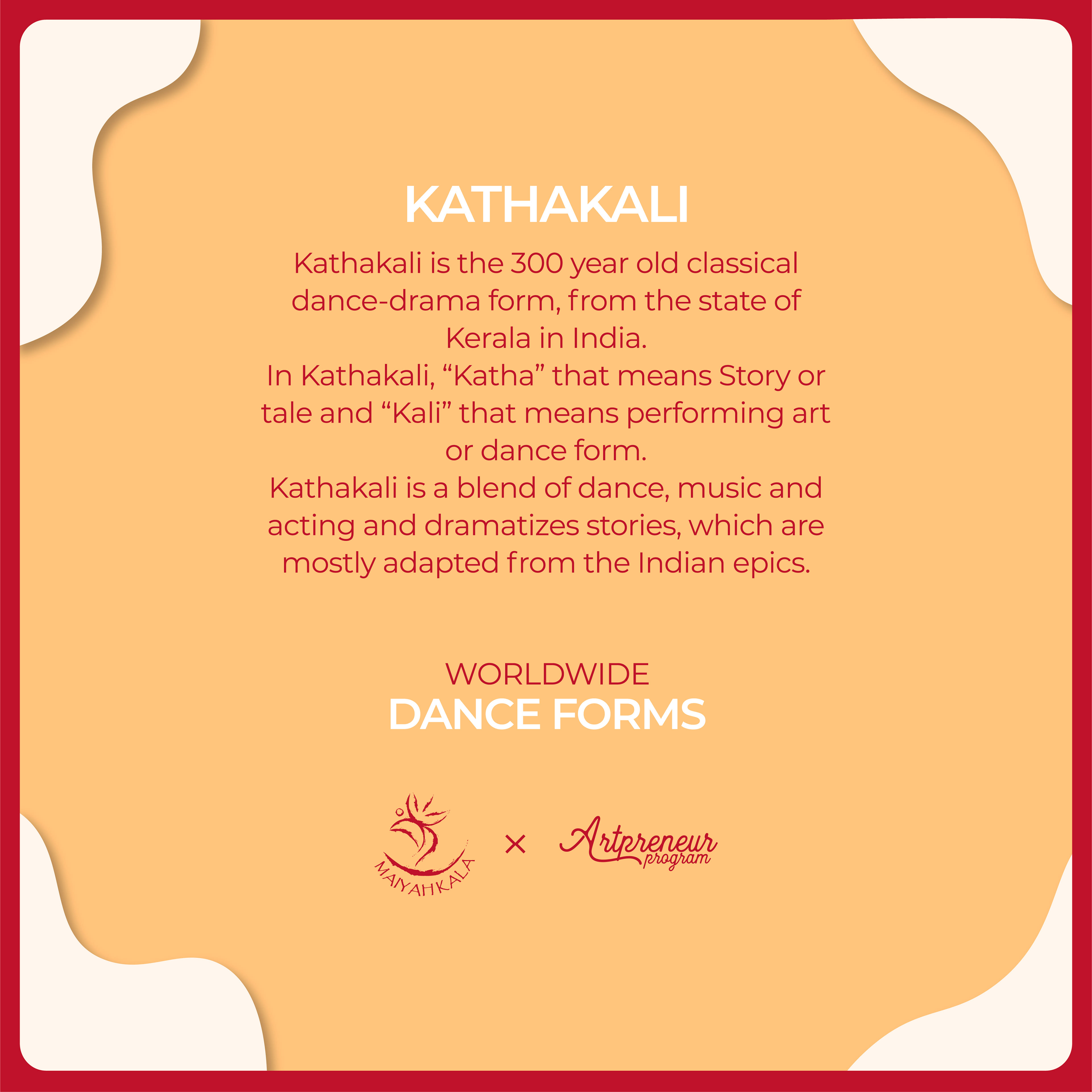
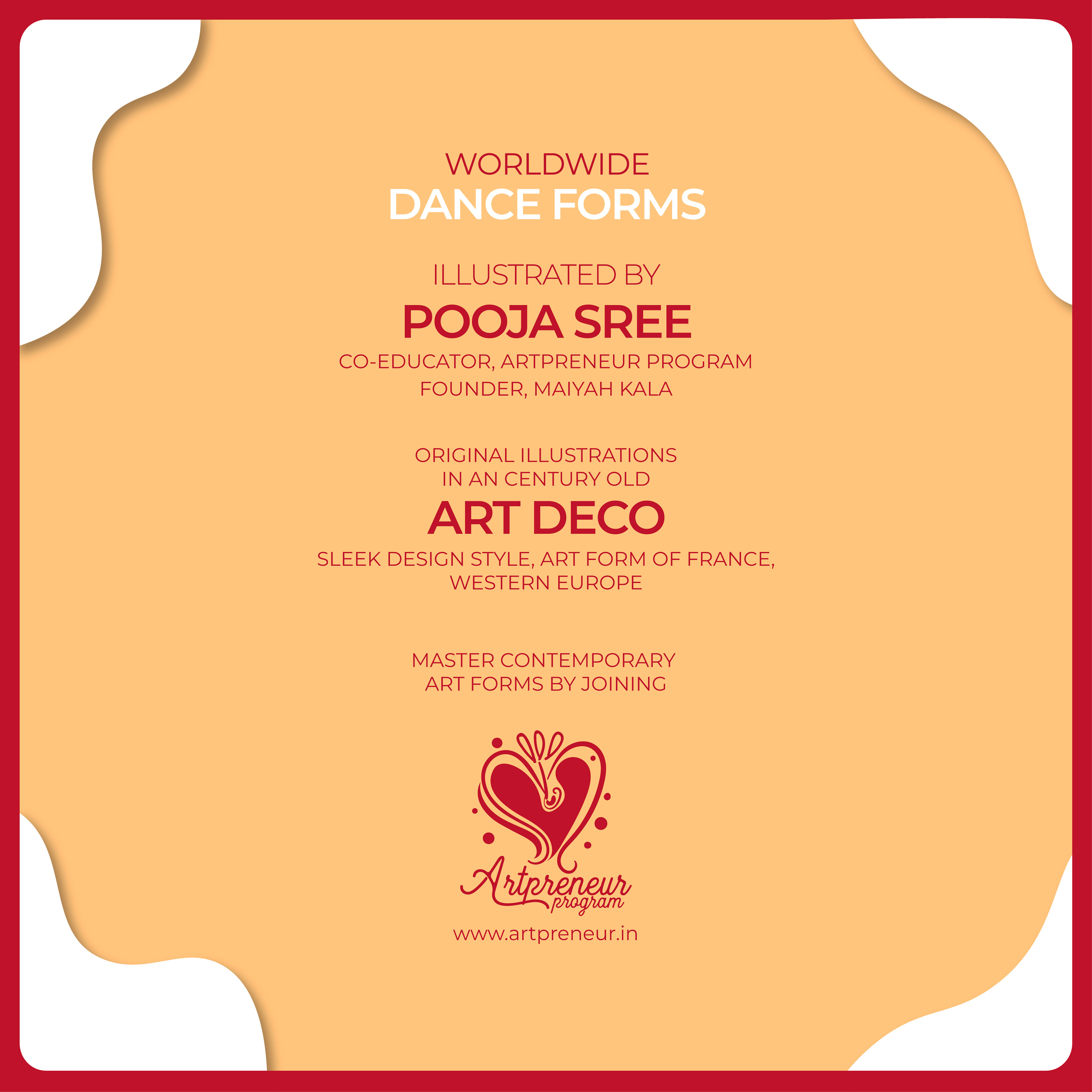
The 'Manipuri Dance', also referred as the "Manipuri Raas Leela", is one of the eight major Indian classical dance forms, originating from the state of Manipur.
It encompasses both classical and folk dance forms.
The folk dance forms are mainly attributed to regional deities such as Umang Lai and performed during Lai Haraoba.
It also inspires the devotional themes of Madhura Raas of Radha-Krishna
It encompasses both classical and folk dance forms.
The folk dance forms are mainly attributed to regional deities such as Umang Lai and performed during Lai Haraoba.
It also inspires the devotional themes of Madhura Raas of Radha-Krishna

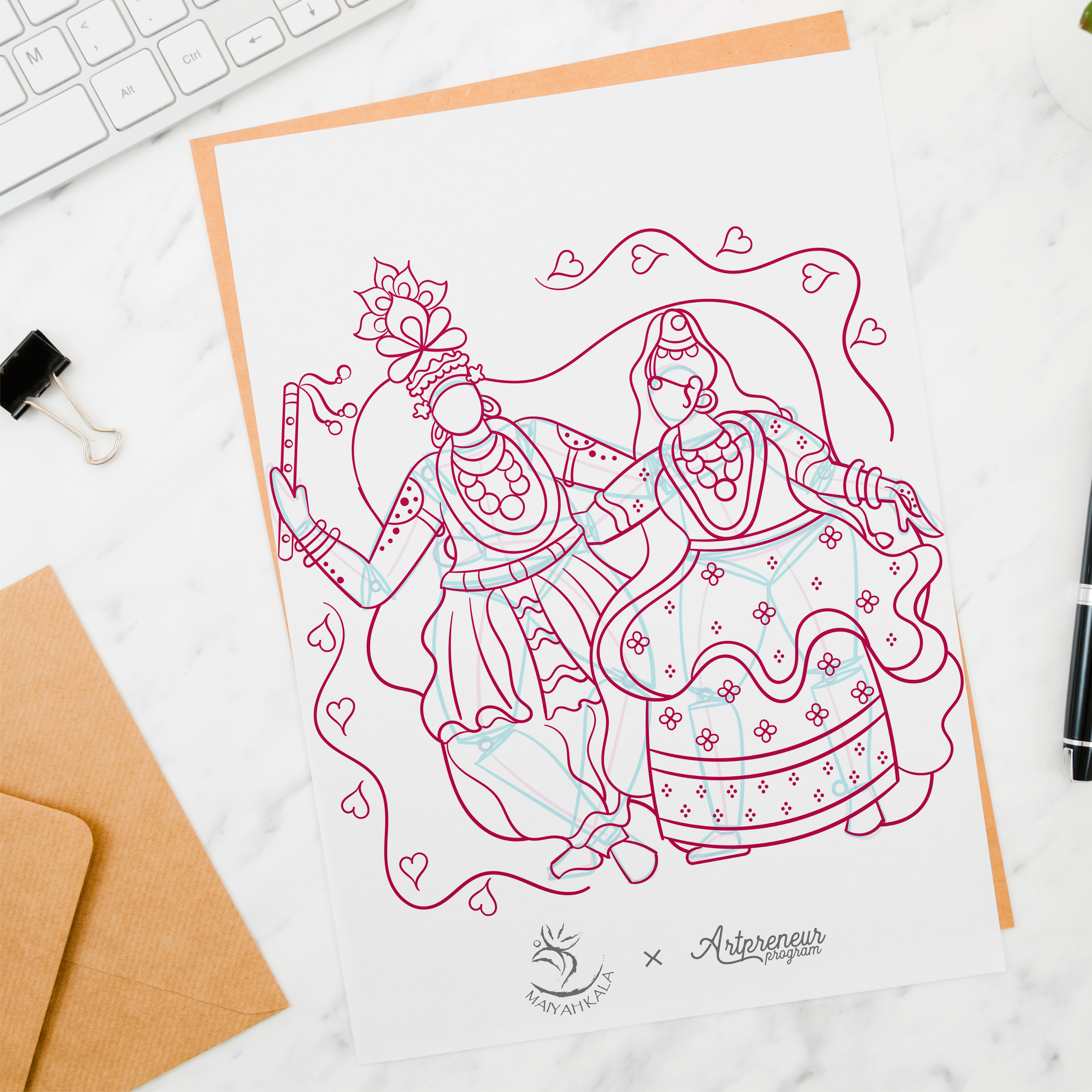
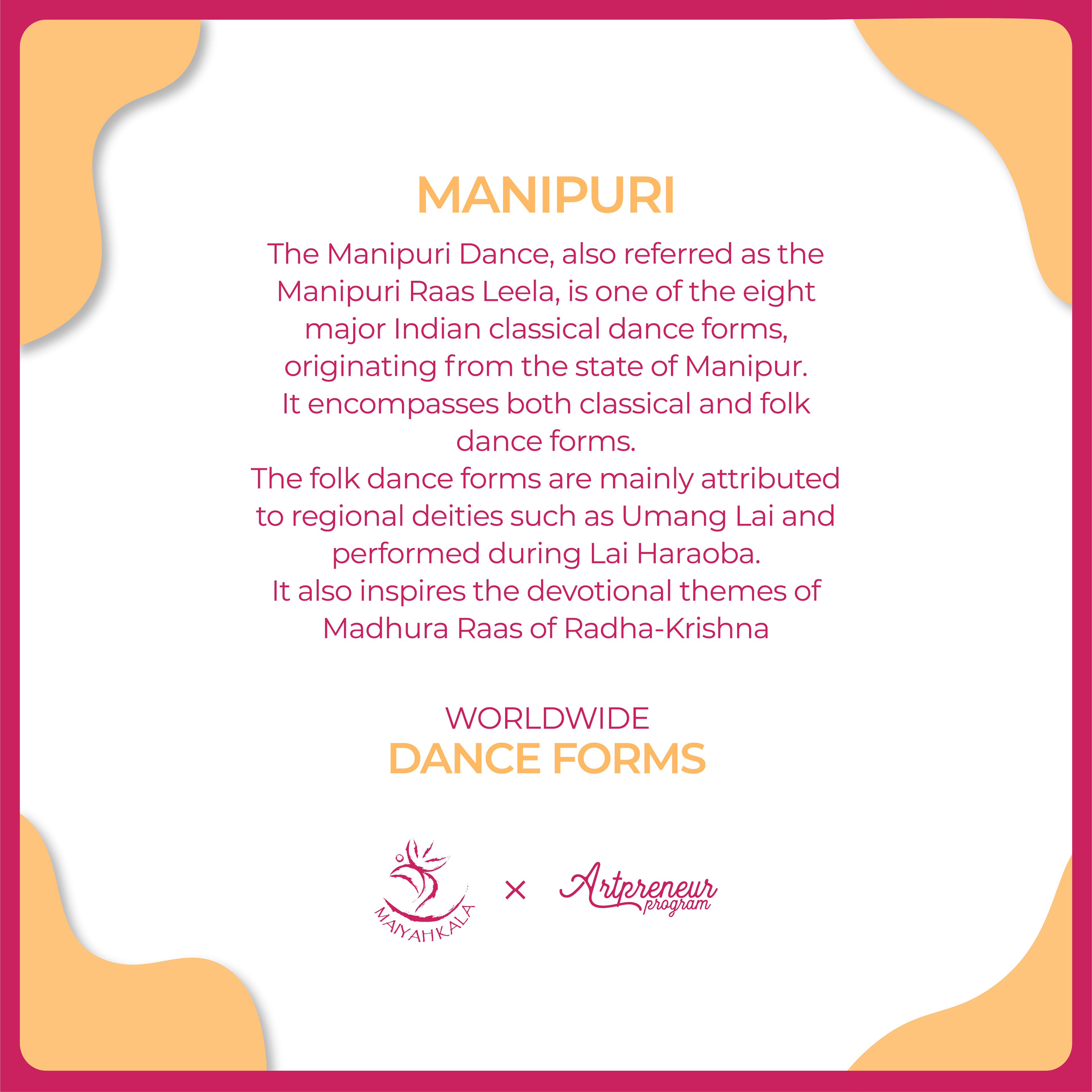
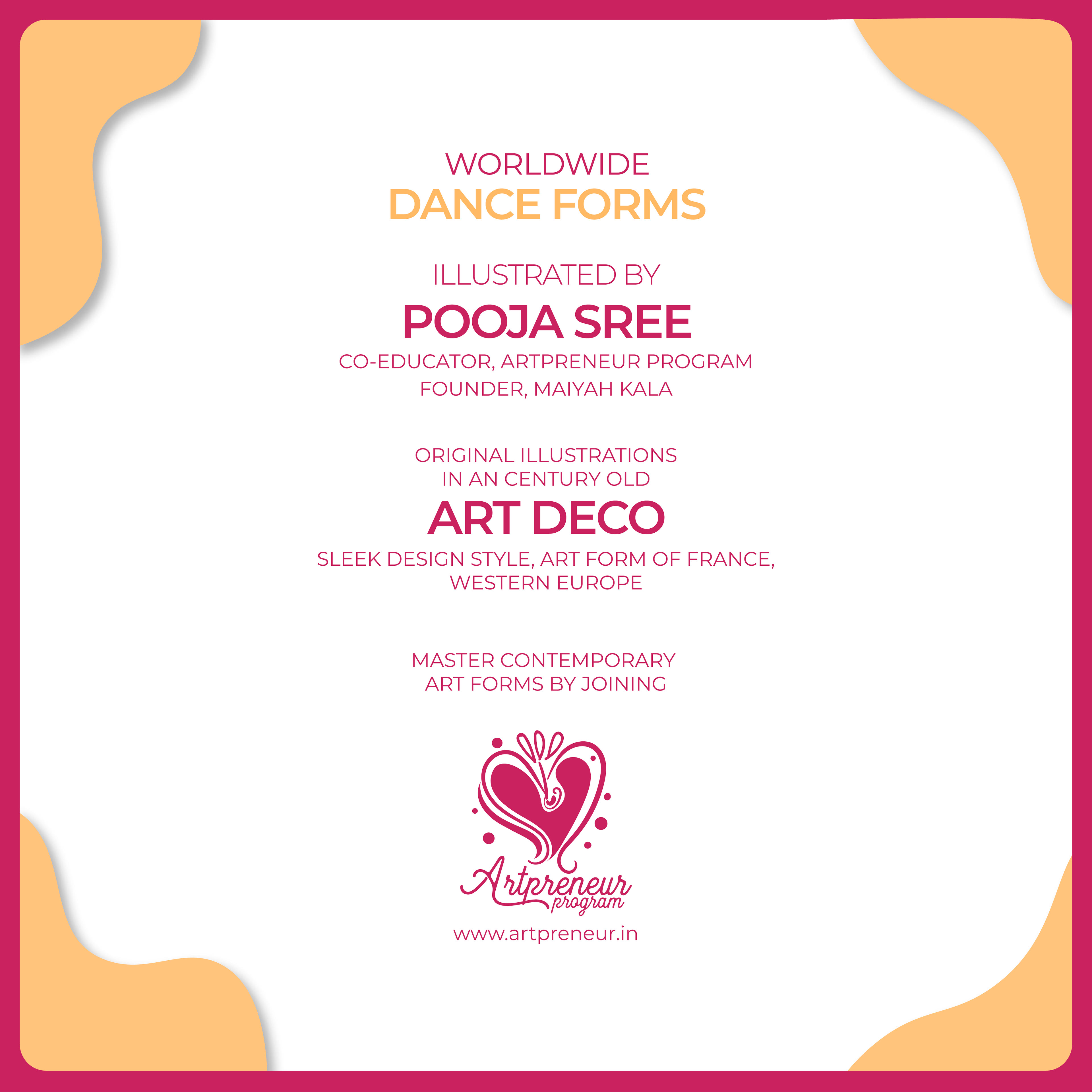
"Kathak" (pronounced “Kah-tahk”) is found in three distinct forms, called "gharanas", named after the cities where the Kathak dance tradition evolved – Jaipur, Banaras and Lucknow.
It is the classical dance form of Uttar Pradesh. The origin of Kathak is traditionally attributed to the traveling bards in ancient northern India known as Kathakars or storytellers.
It is the classical dance form of Uttar Pradesh. The origin of Kathak is traditionally attributed to the traveling bards in ancient northern India known as Kathakars or storytellers.
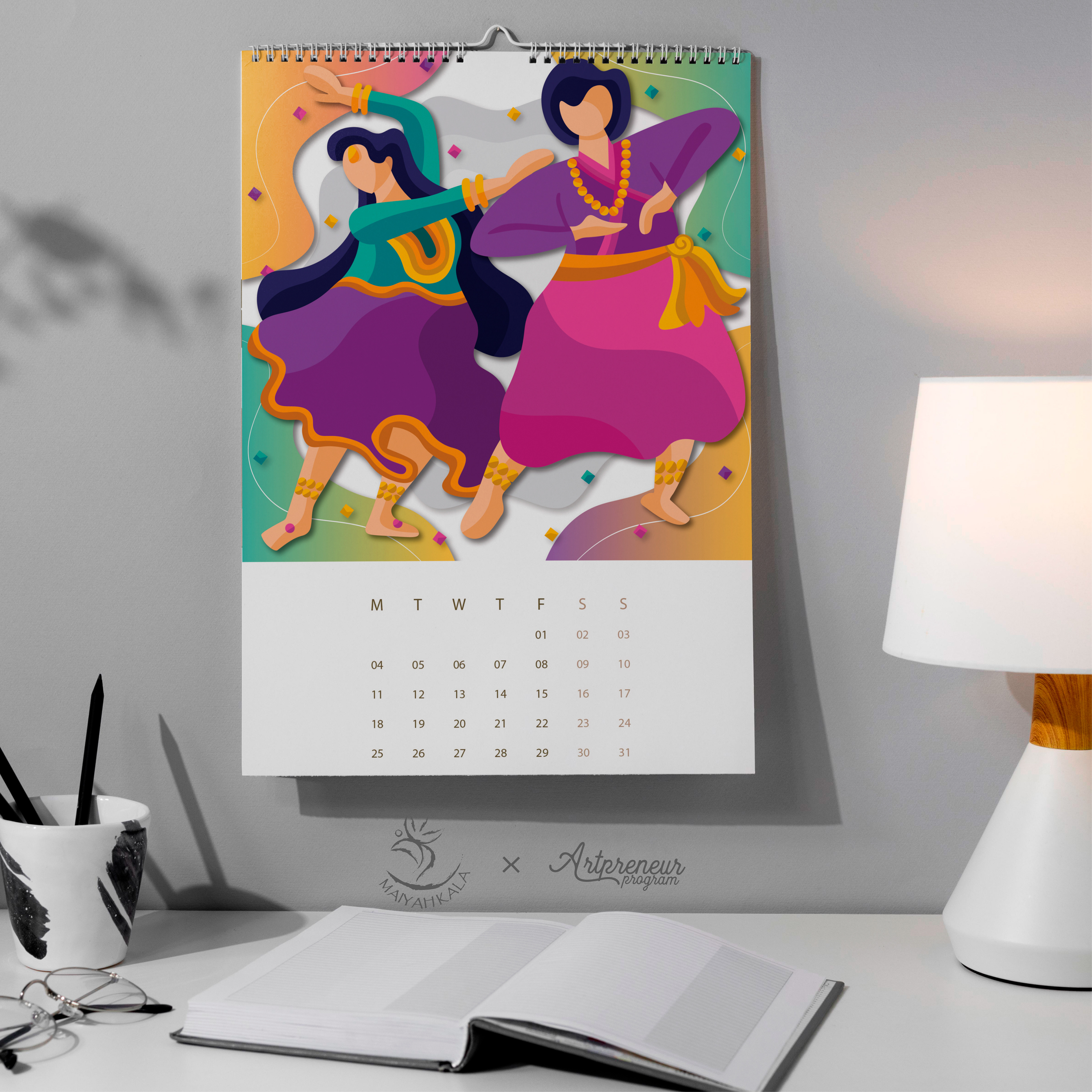
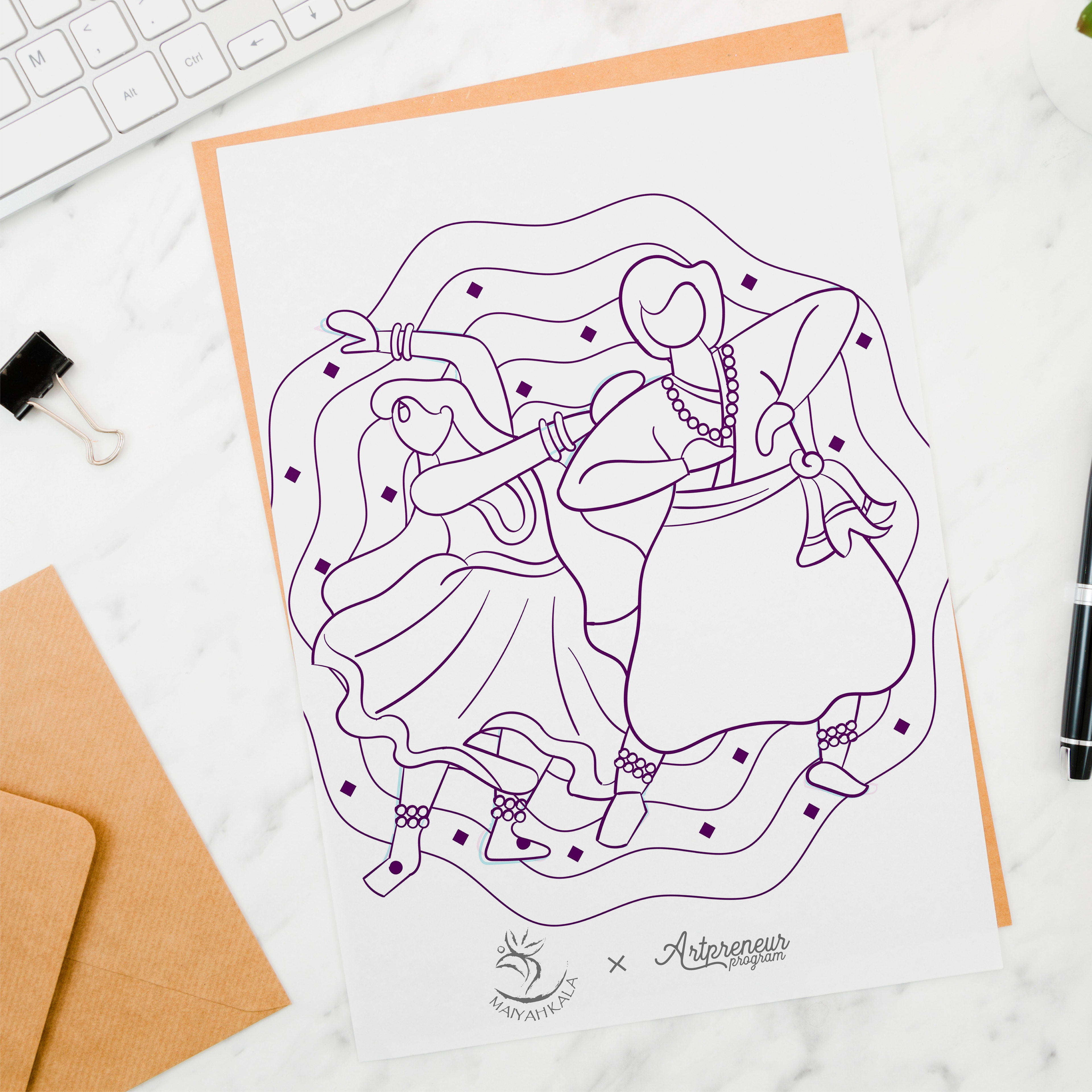

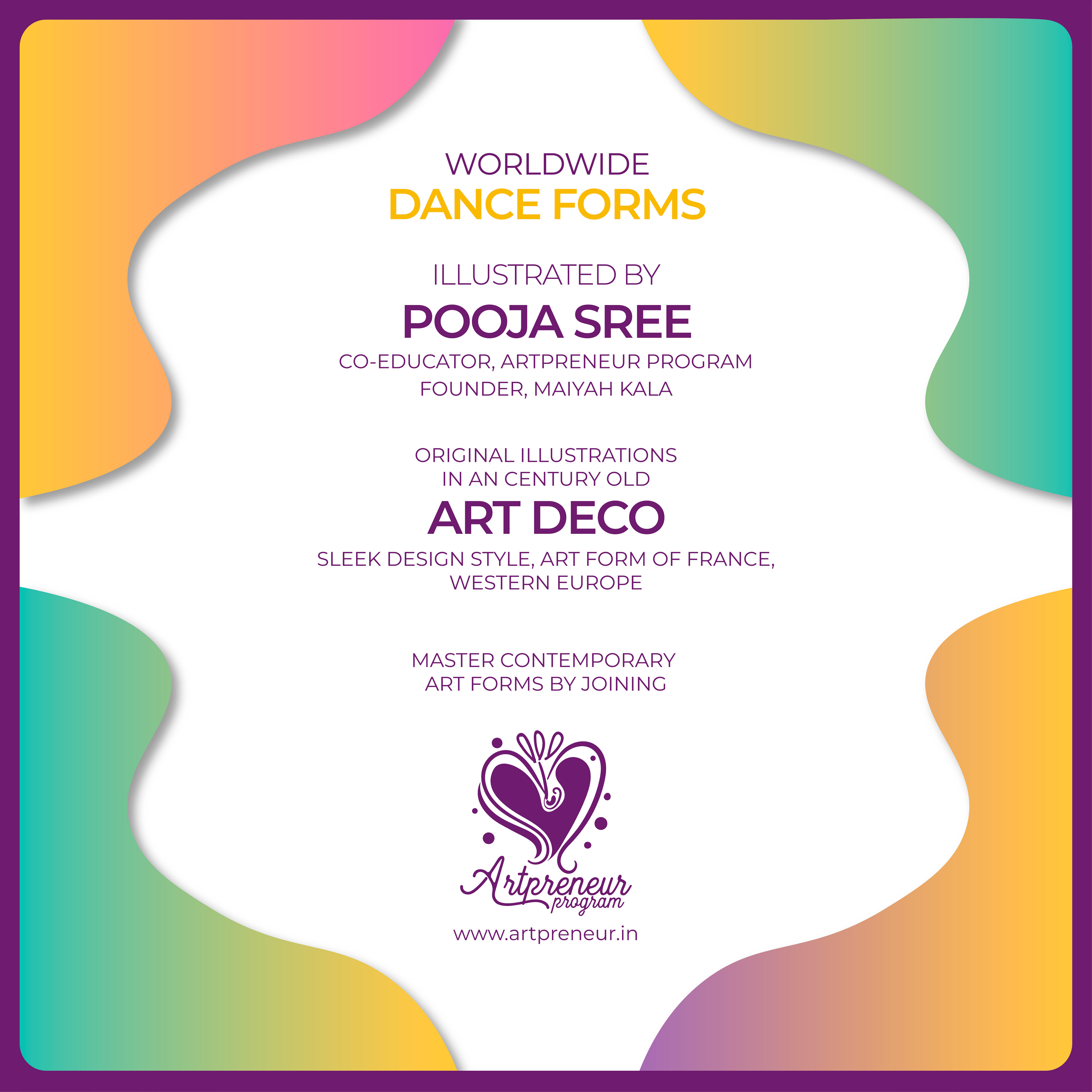
'Ghoomar' or 'ghumar' is a traditional and enthusiastic folk dance of Rajasthan.
It was the Bhil tribe who performed it to worship Goddess Sarasvati.
It is a very popular dance, which is inhabited from ancient days during the times of Kings at Marwar in Rajasthan.
The dance is chiefly performed by veiled women who wear flowing dresses called 'ghaghara'.
It was the Bhil tribe who performed it to worship Goddess Sarasvati.
It is a very popular dance, which is inhabited from ancient days during the times of Kings at Marwar in Rajasthan.
The dance is chiefly performed by veiled women who wear flowing dresses called 'ghaghara'.
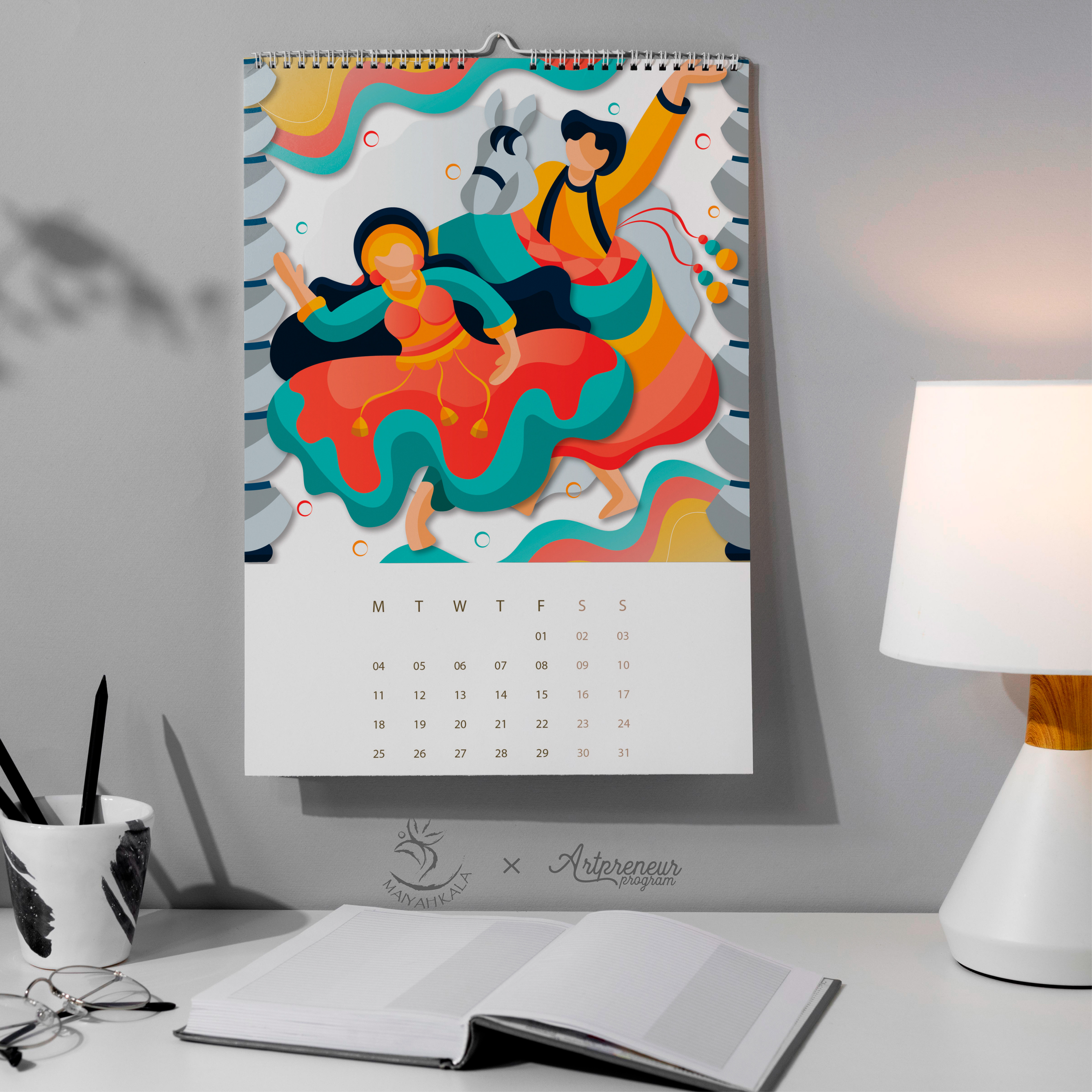

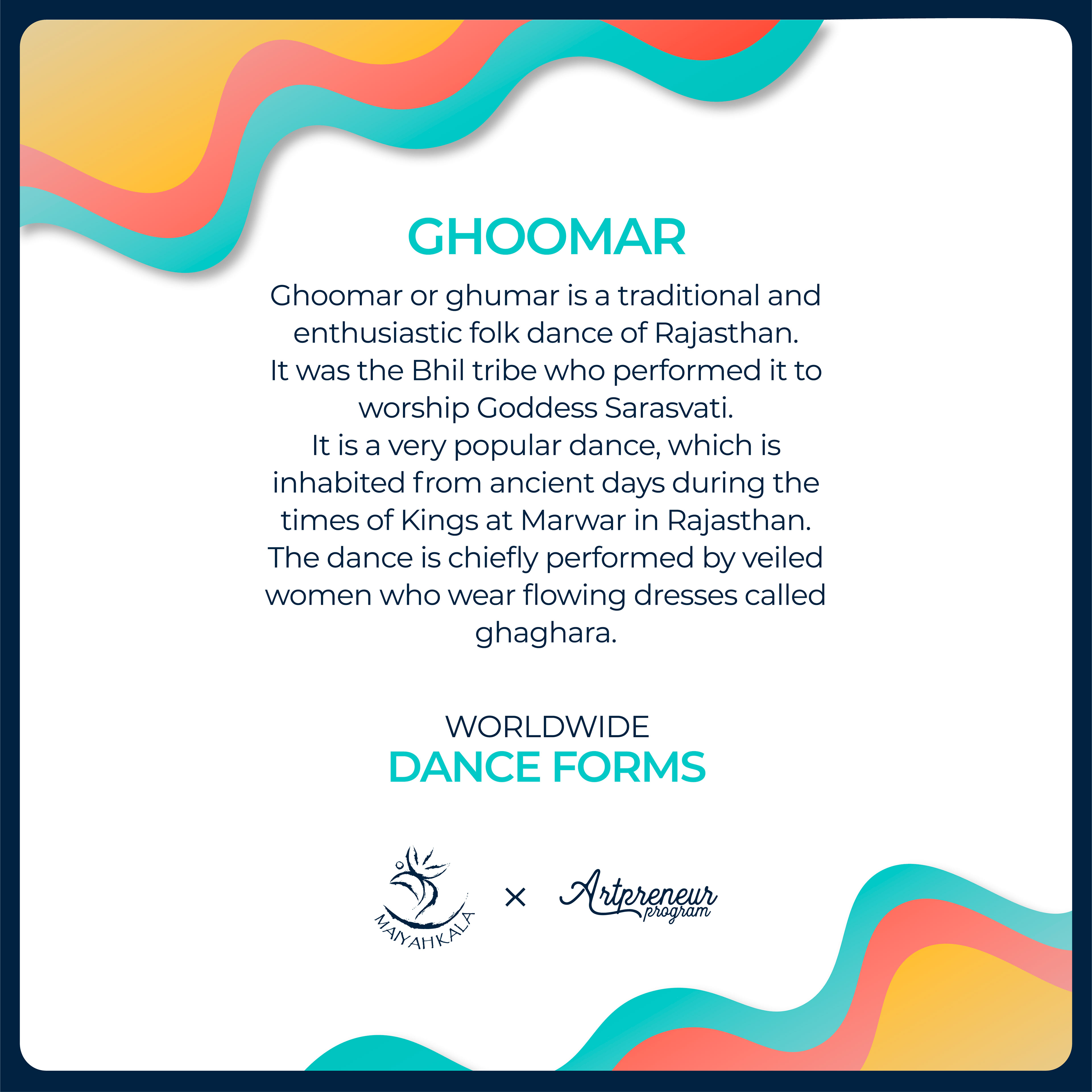
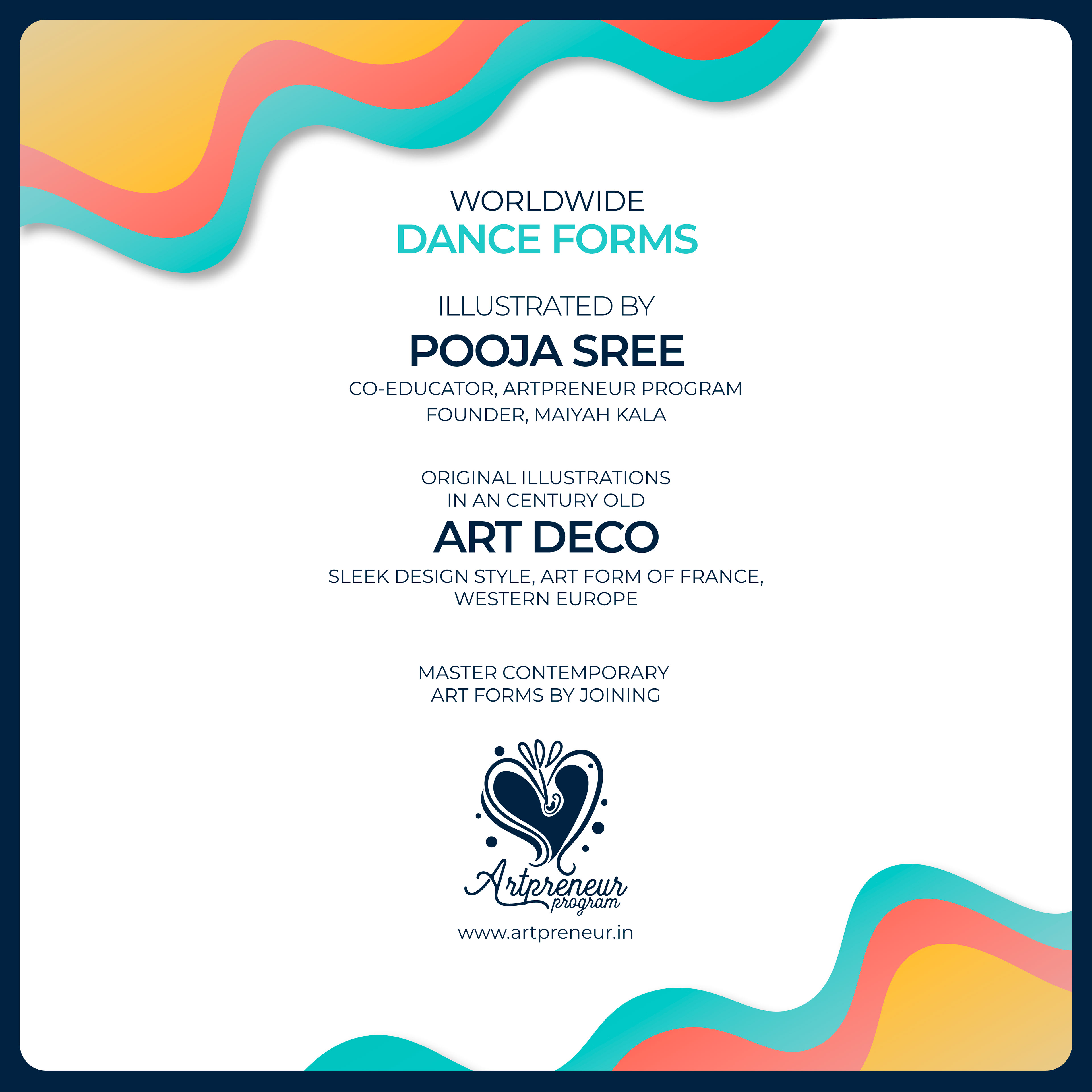
'Ballet' means "to dance" in French and "to jump about" in Greek.
It is the most difficult dance form for any dancer to master, but even so, it is regarded as the most remarkable since it enhances physical ability, balance, and seamless coordination.
It is originated from Italy & is most popular in Russia.
It is the most difficult dance form for any dancer to master, but even so, it is regarded as the most remarkable since it enhances physical ability, balance, and seamless coordination.
It is originated from Italy & is most popular in Russia.


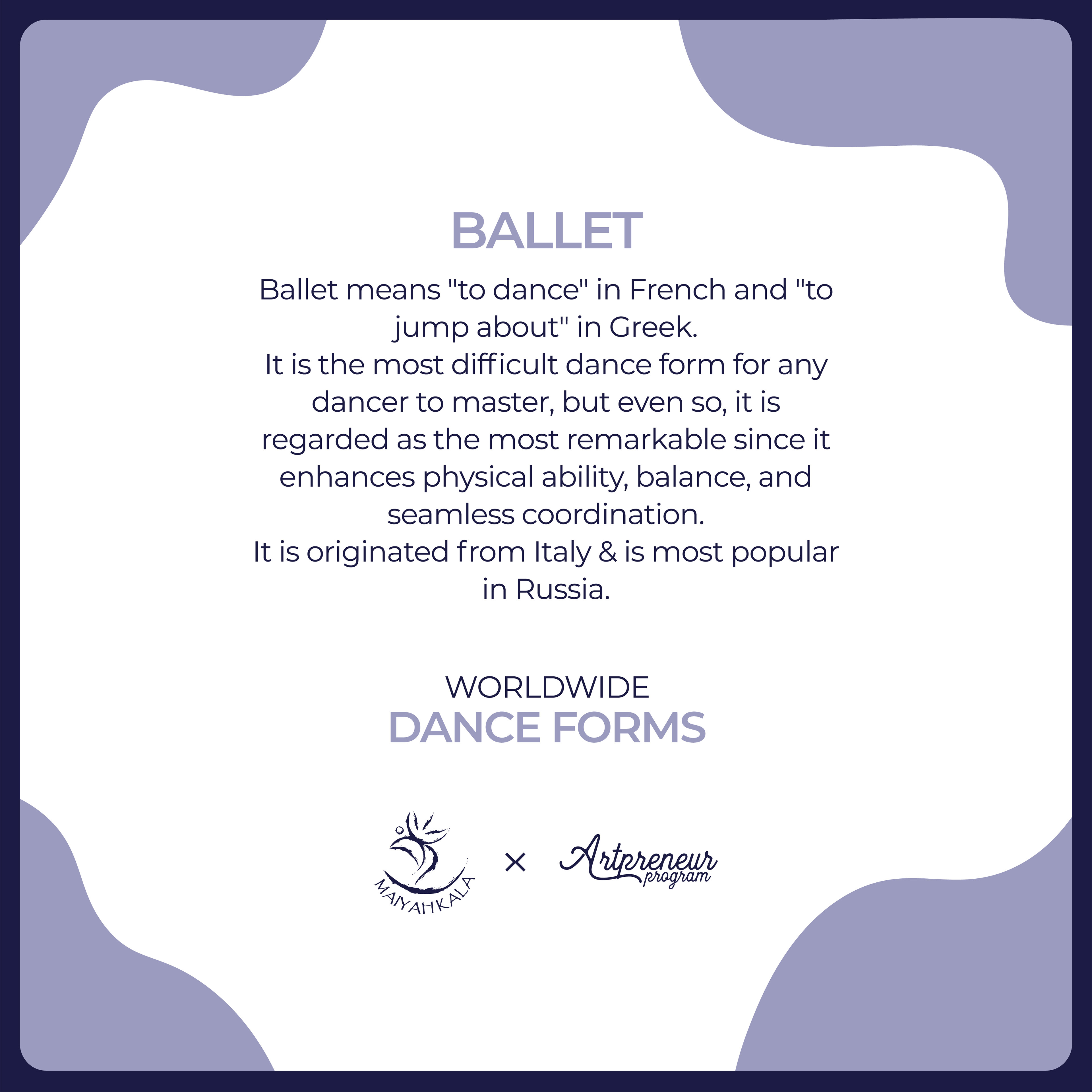
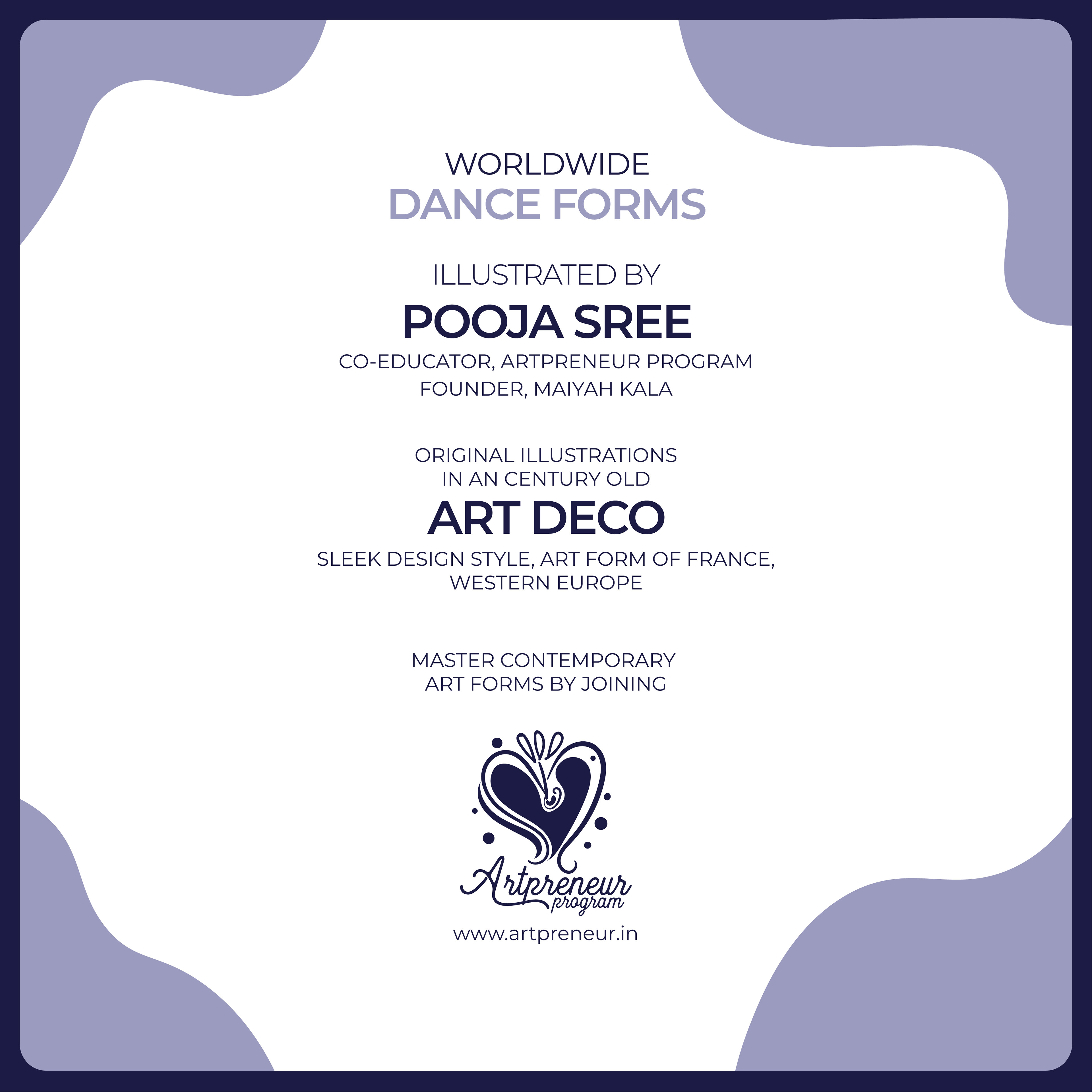
"Flamenco" is an Highly expressive dance form based on the various Folkloric Music traditions of Southern Spain.
It is considered as one of the complex, highly technical & difficult form of art, which transforms Passion into song, dance & music.
This Spanish dance form is now recognized as Spain’s identity, as it represents Spain’s Gypsies culture.
It is considered as one of the complex, highly technical & difficult form of art, which transforms Passion into song, dance & music.
This Spanish dance form is now recognized as Spain’s identity, as it represents Spain’s Gypsies culture.
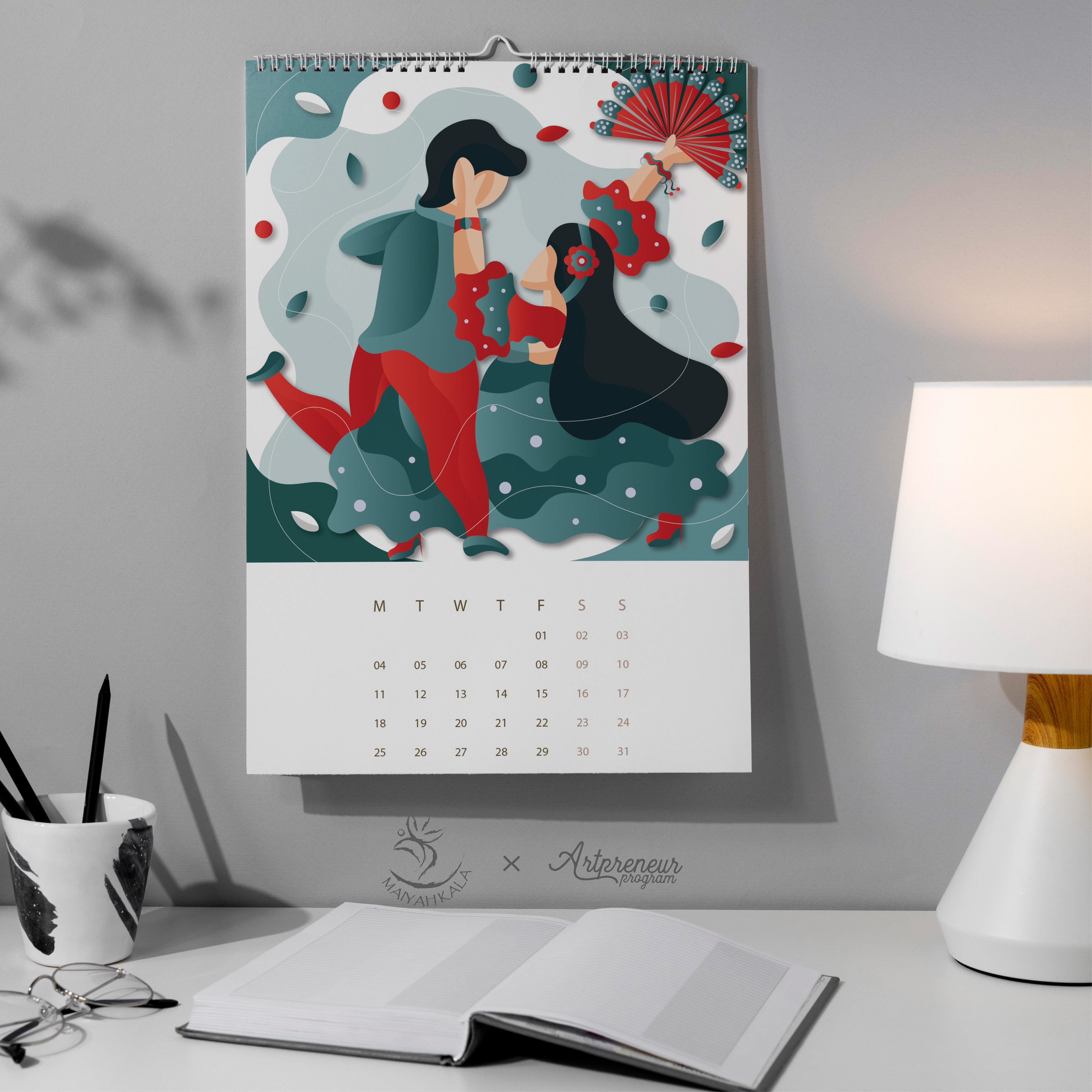
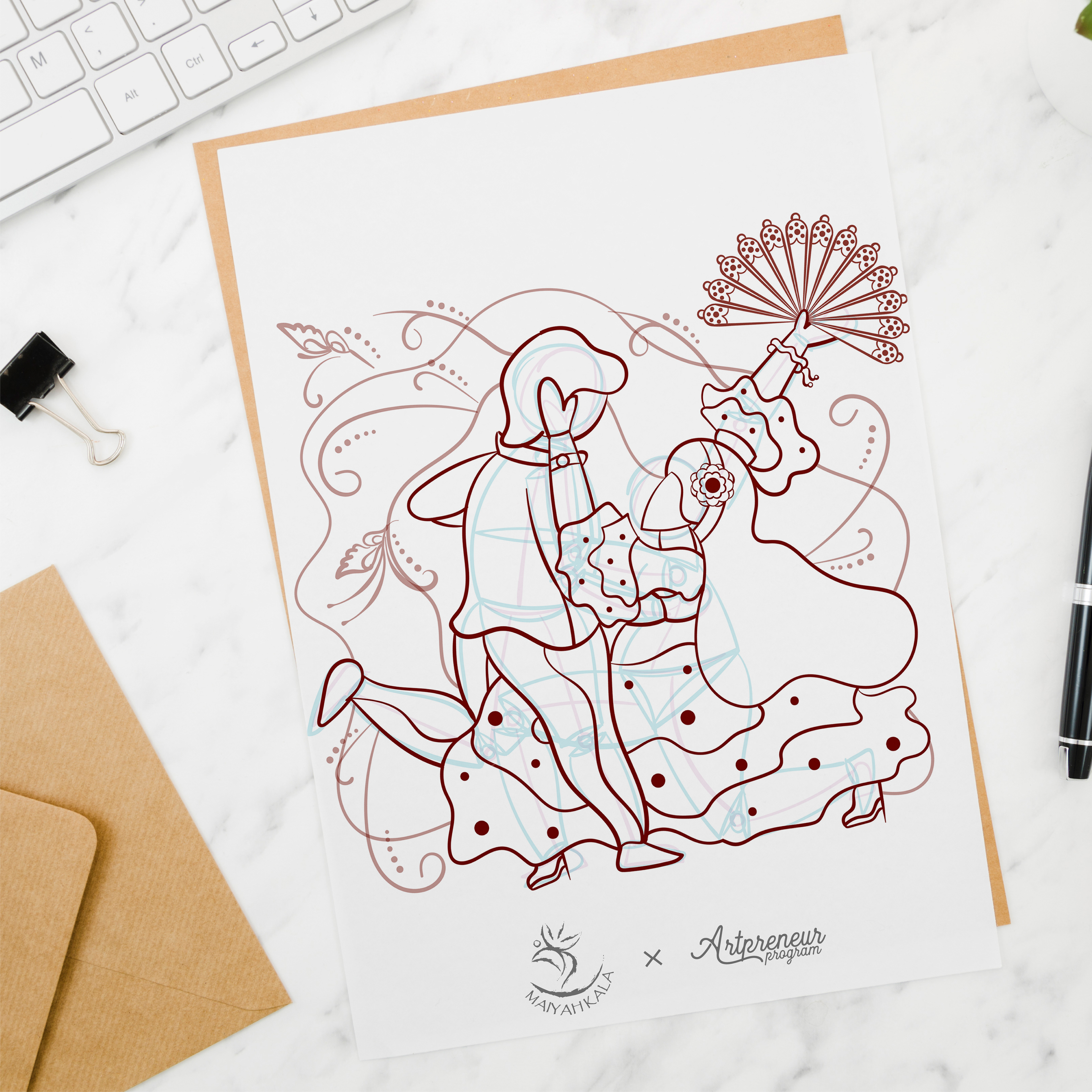


"Bhangra" is an energetic, folk dance and music form that originated from Punjab, (northwestern India and northeastern Pakistan).
It originally emerged as a way to rejoice in the harvest season.
It is traditionally performed during the festival of Baisakhi.
It originally emerged as a way to rejoice in the harvest season.
It is traditionally performed during the festival of Baisakhi.
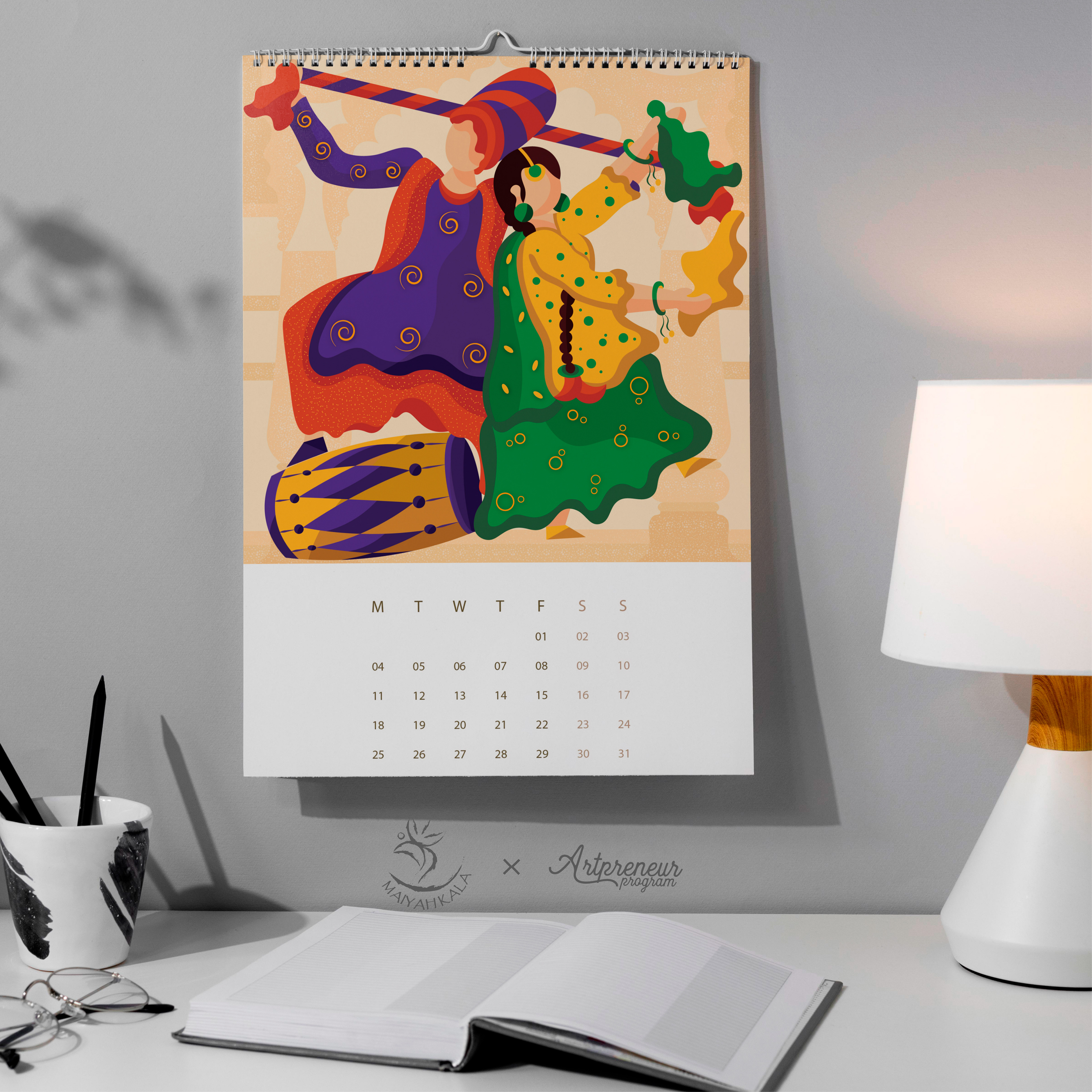



It originates from a village named "Kuchipudi" in the Indian state of Andhra Pradesh.
Kuchipudi is a vibrant dance-drama performance, with its roots in the ancient Hindu Sanskrit text of Natya Shastra.
Kuchipudi is known for its impressive, quick footwork, dramatic characterization, expressive eye movements and spirited narrative.
Kuchipudi is a vibrant dance-drama performance, with its roots in the ancient Hindu Sanskrit text of Natya Shastra.
Kuchipudi is known for its impressive, quick footwork, dramatic characterization, expressive eye movements and spirited narrative.


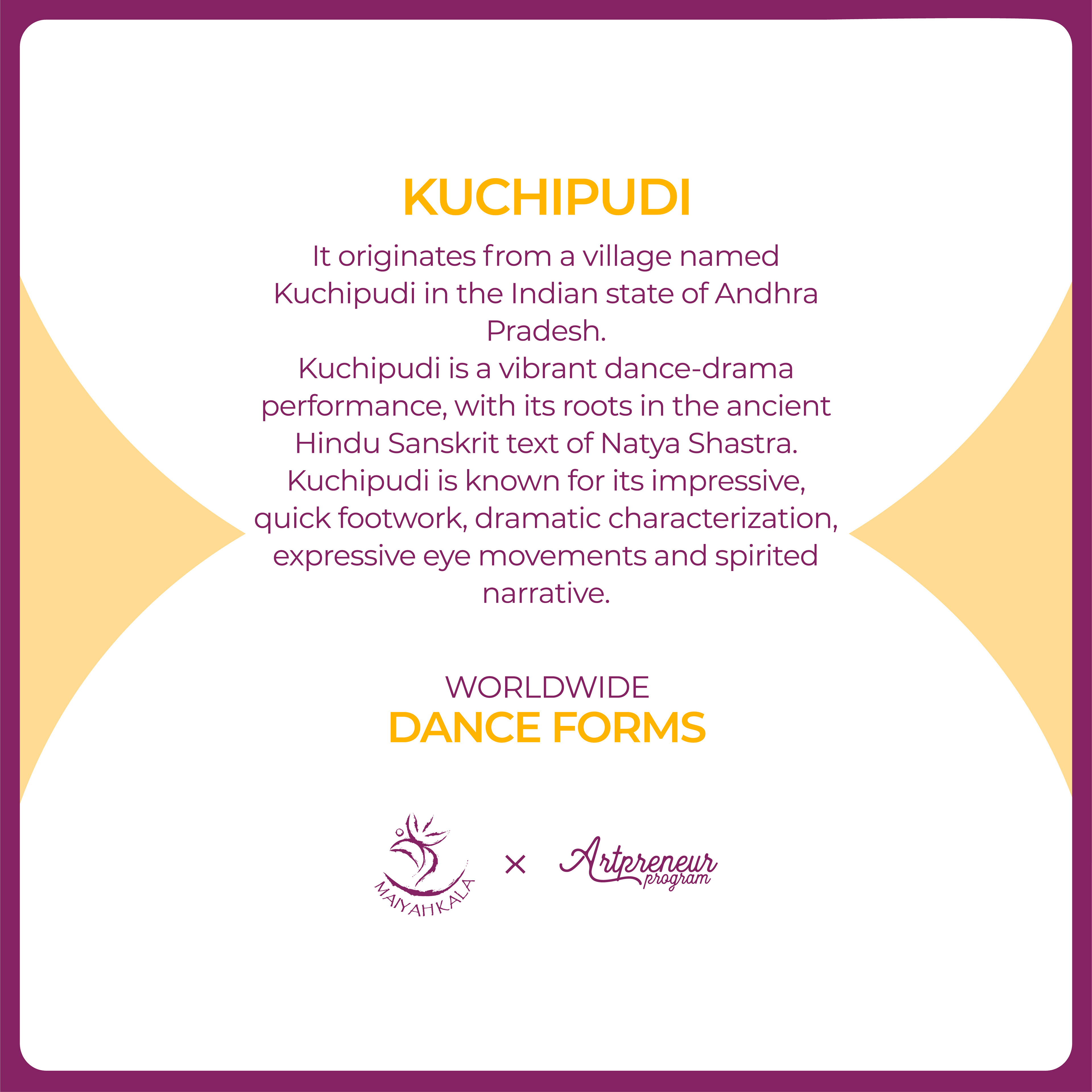
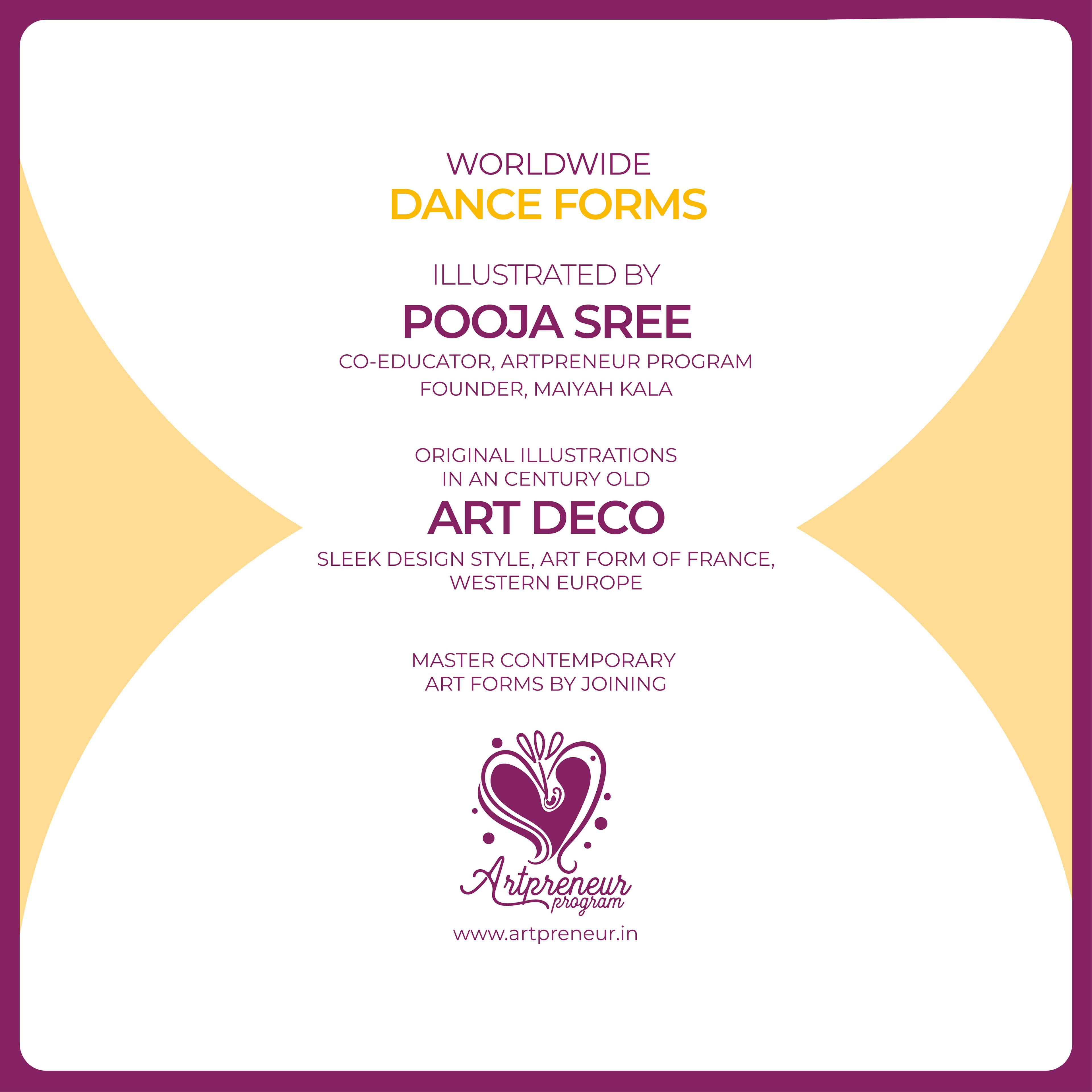
"Salsa" is a latin dance, associated with hybrid musical form based on Afro-Cuban music but incorporating elements from other Latin American styles.
It is first emerged in Cuba and molded by different cultural tendencies from Spain, Africa, and the Caribbean.
Salsa dance brings energy, fun, and it creates a sense of community.
It is first emerged in Cuba and molded by different cultural tendencies from Spain, Africa, and the Caribbean.
Salsa dance brings energy, fun, and it creates a sense of community.
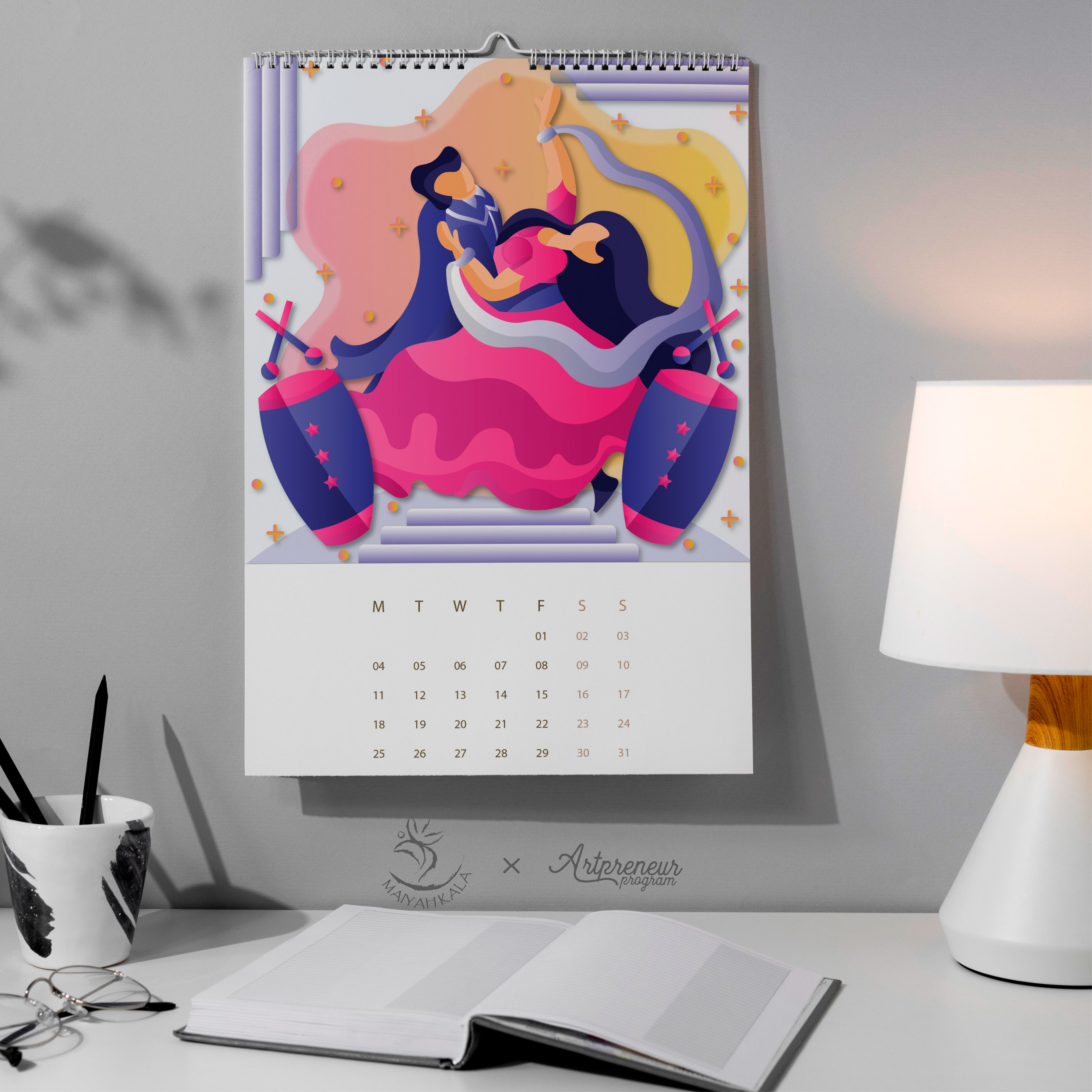
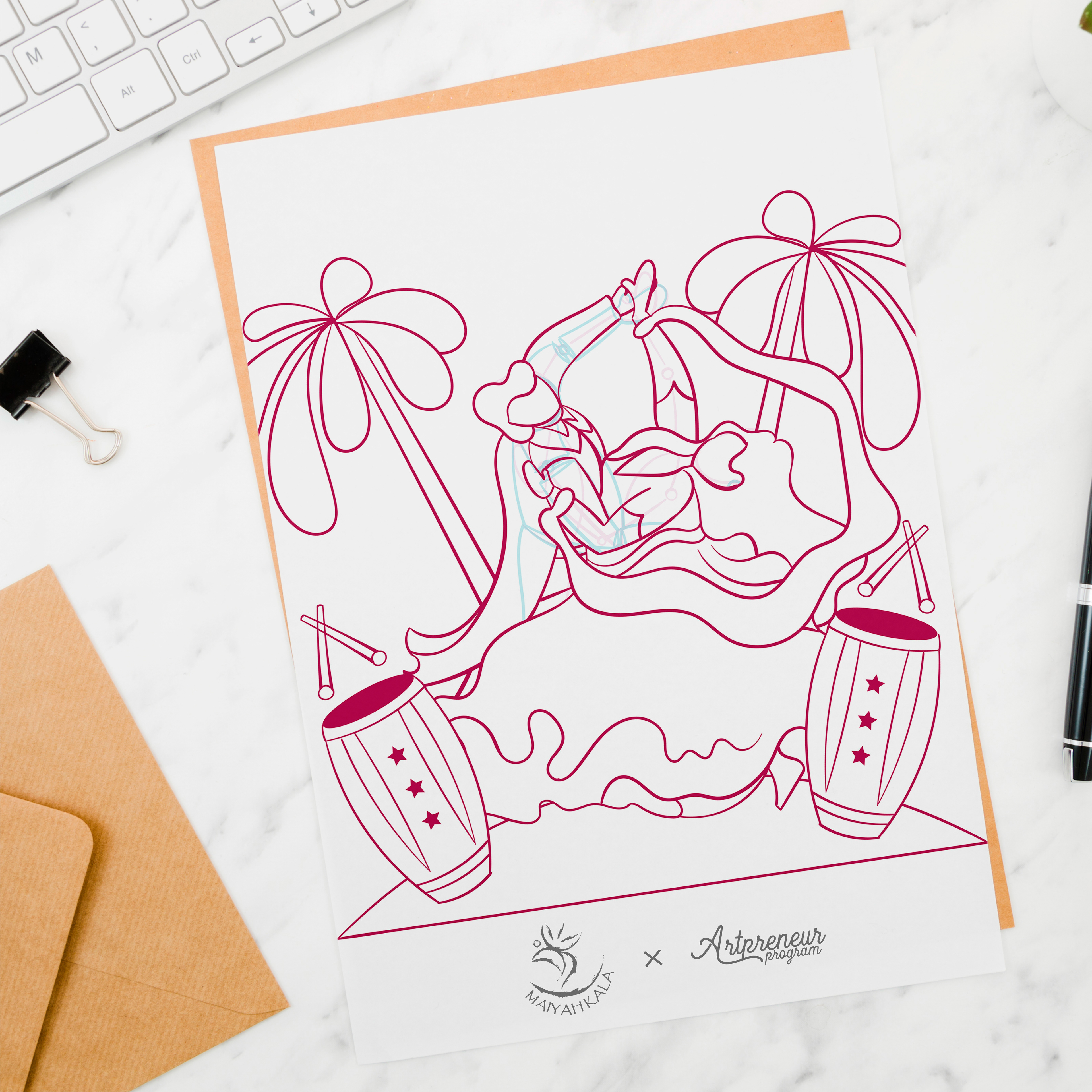


"Sufi whirling" is a form of religious dance in which the performer wears traditional dress and spins in circles.
This dance is a spiritual practice, which bears the name of Sama (or Sema) meaning “spiritual hearing” or “deep listening” in connection with Sufism.
Sufi style generally blends rock music with traditional rhythms, as well as the poetry of well-known Sufi writers.
This dance is a spiritual practice, which bears the name of Sama (or Sema) meaning “spiritual hearing” or “deep listening” in connection with Sufism.
Sufi style generally blends rock music with traditional rhythms, as well as the poetry of well-known Sufi writers.
